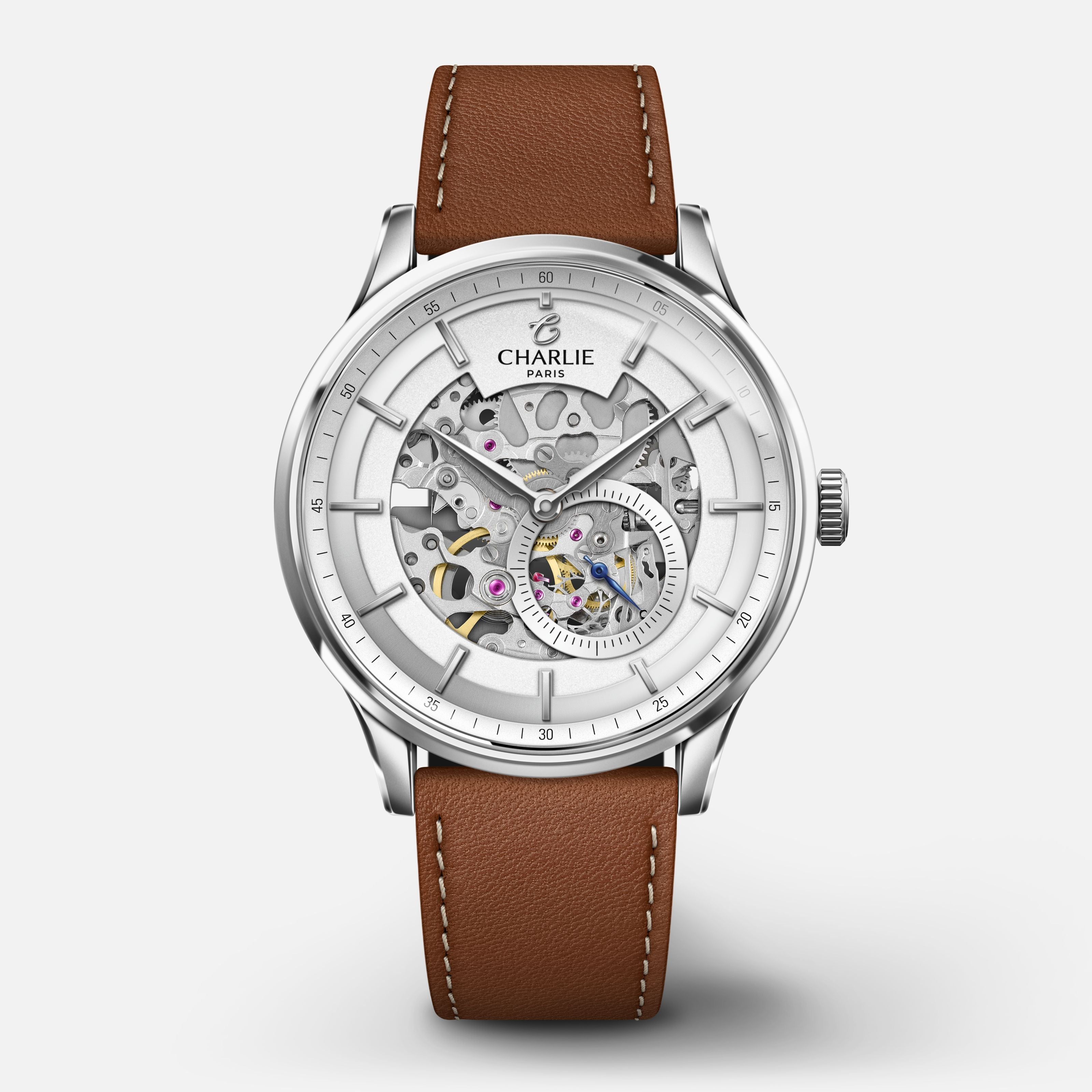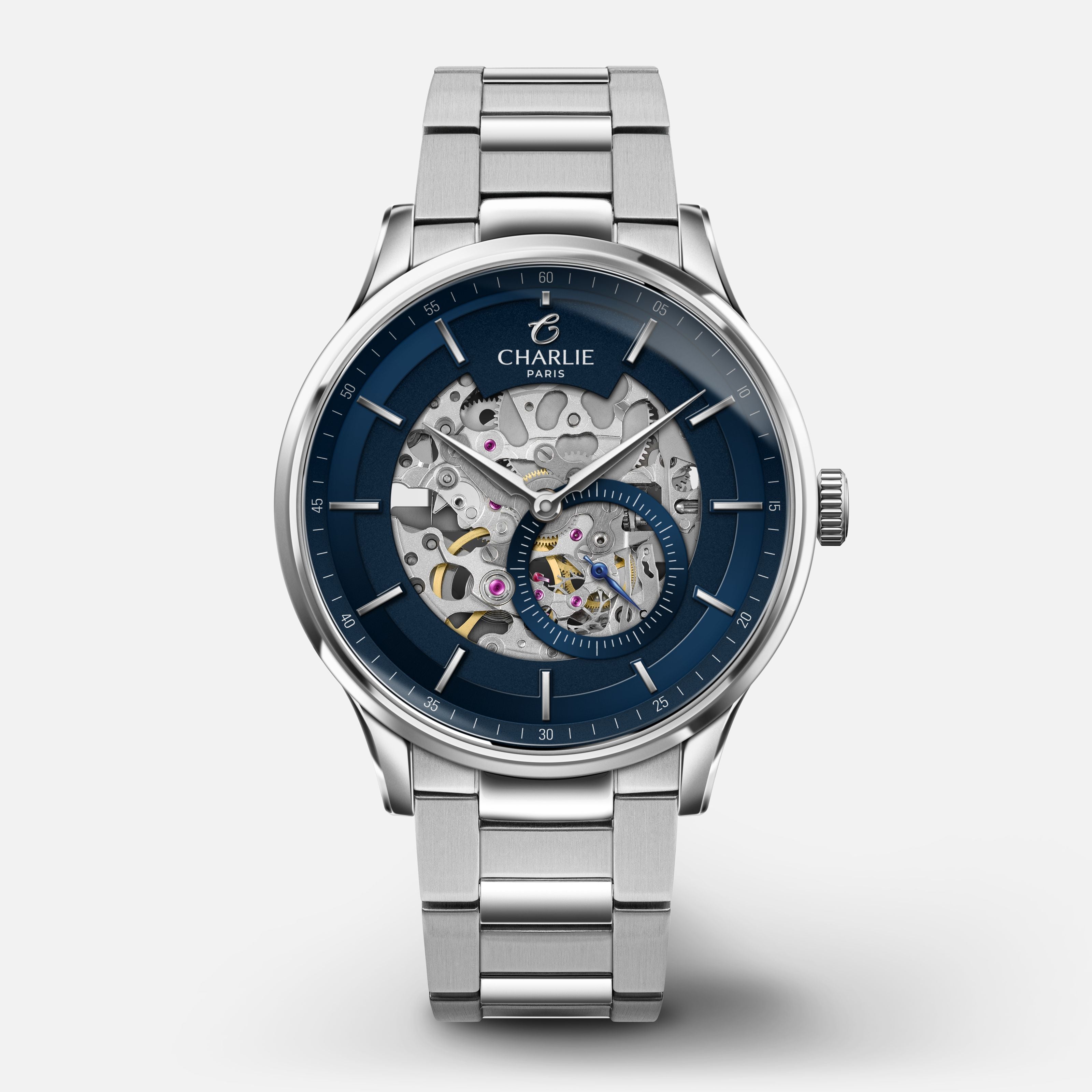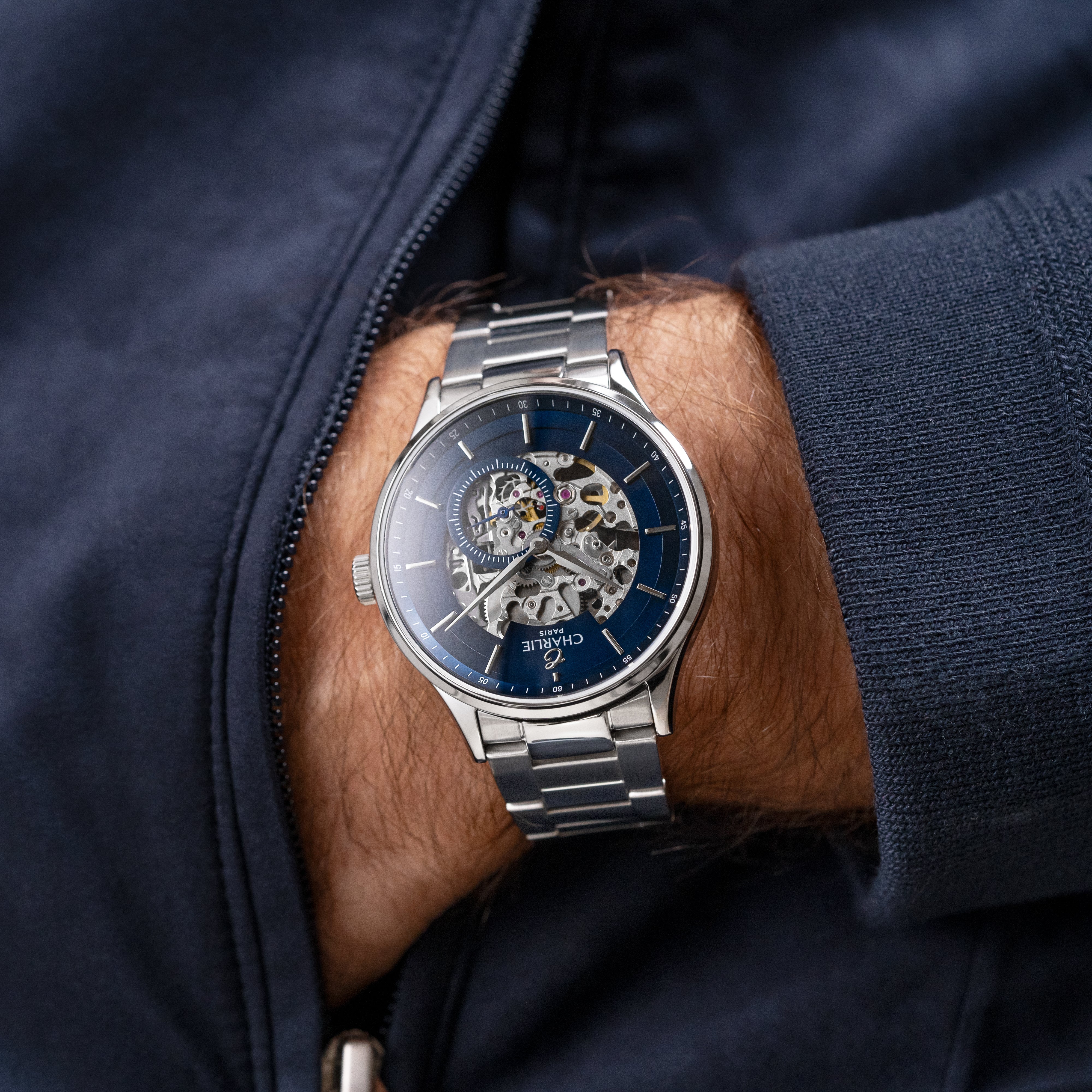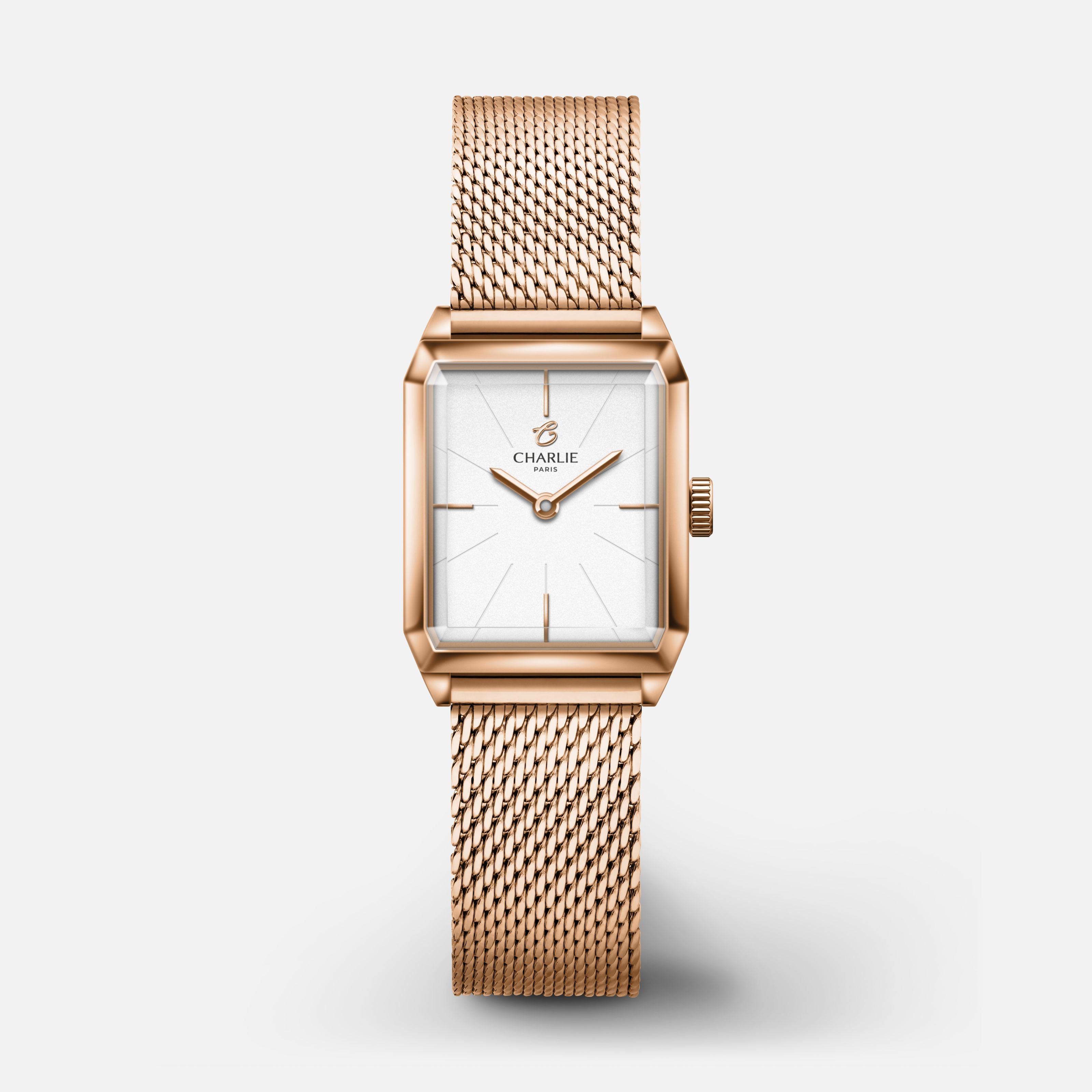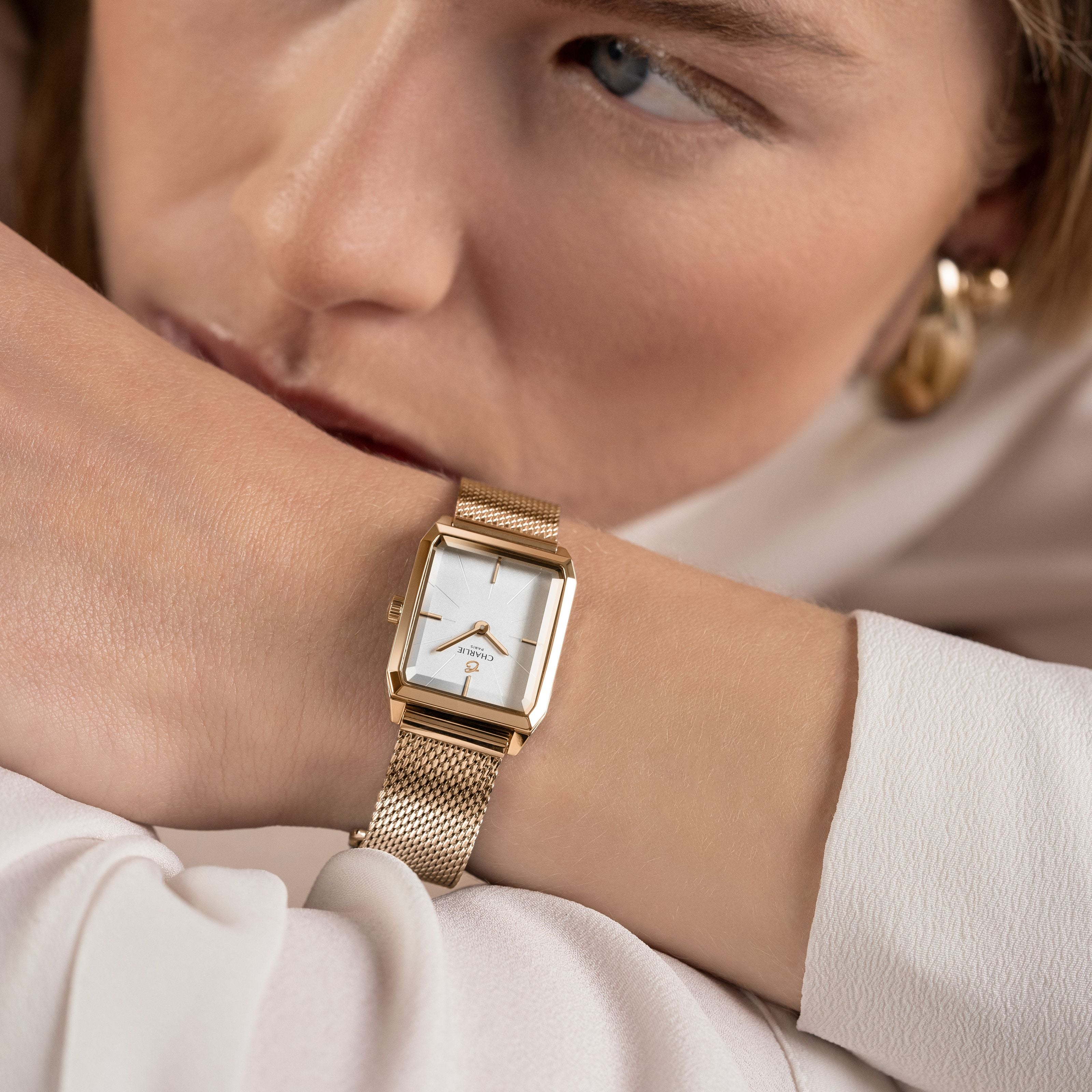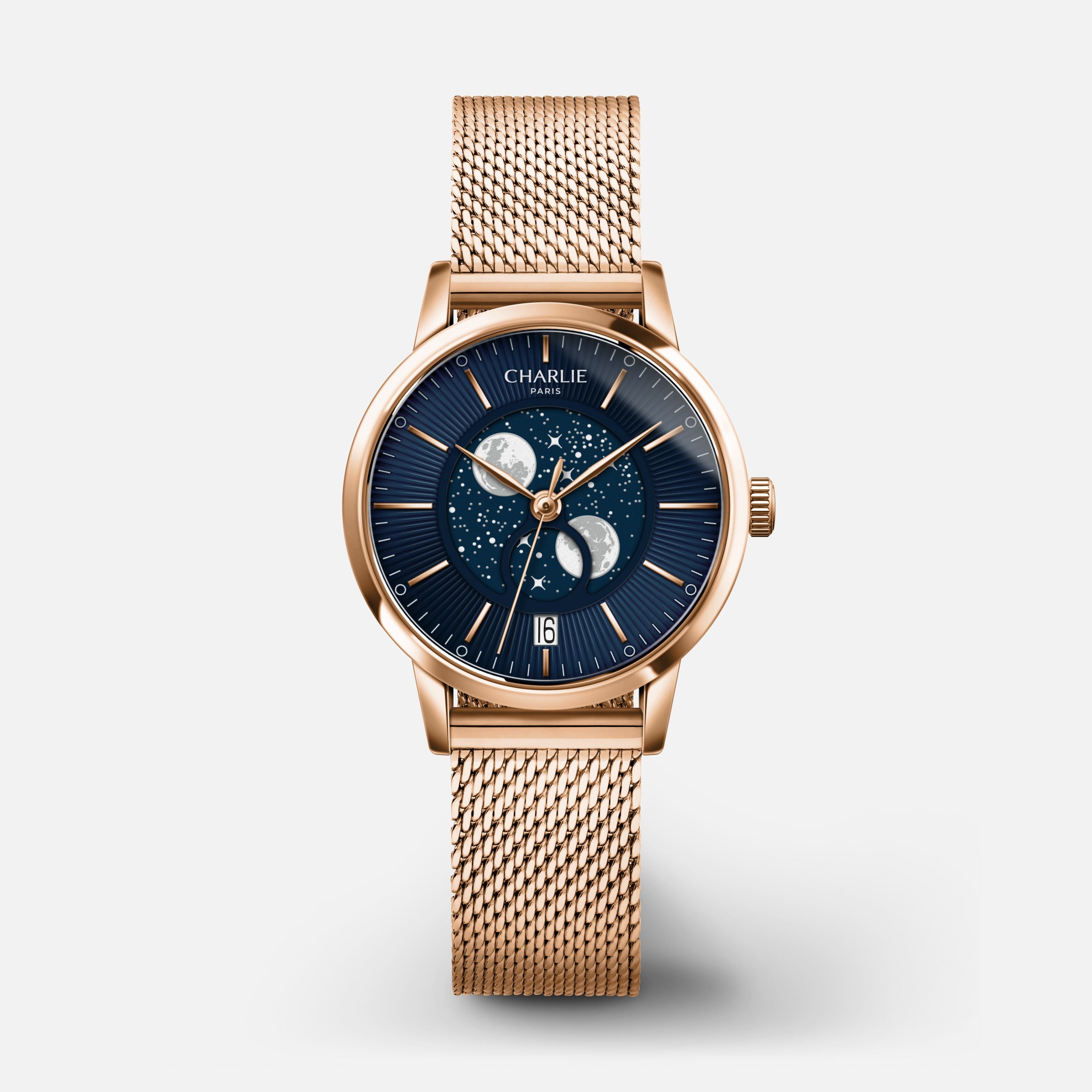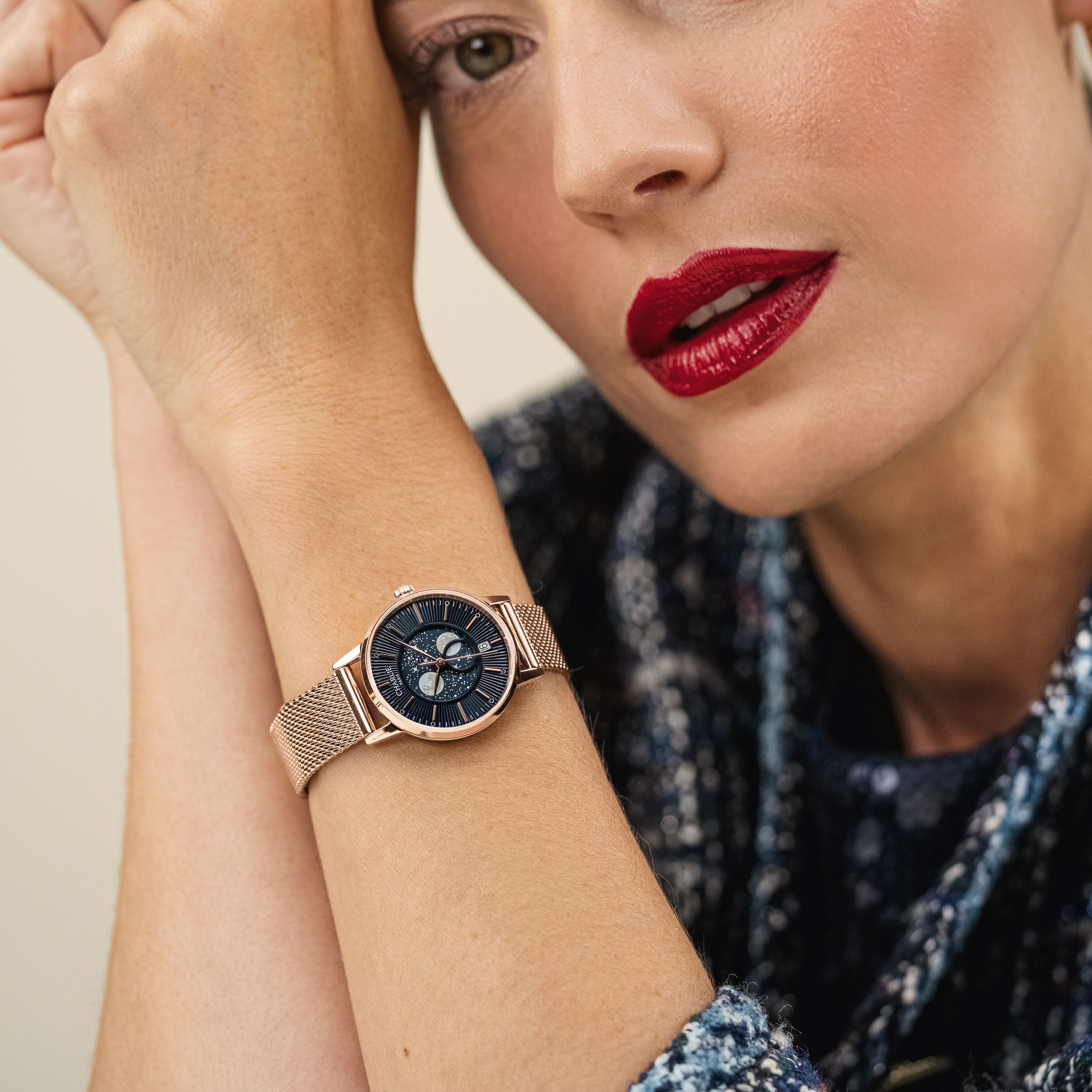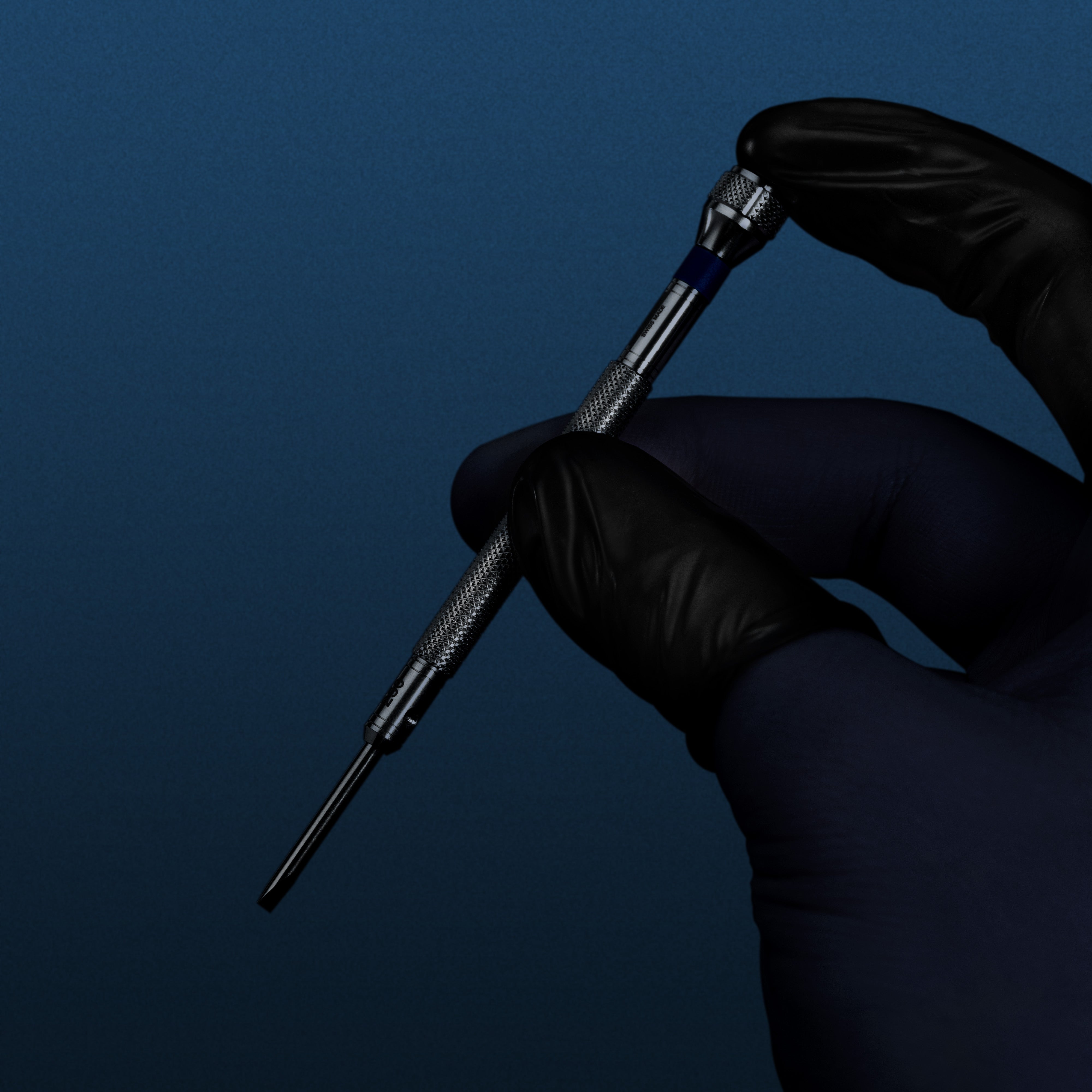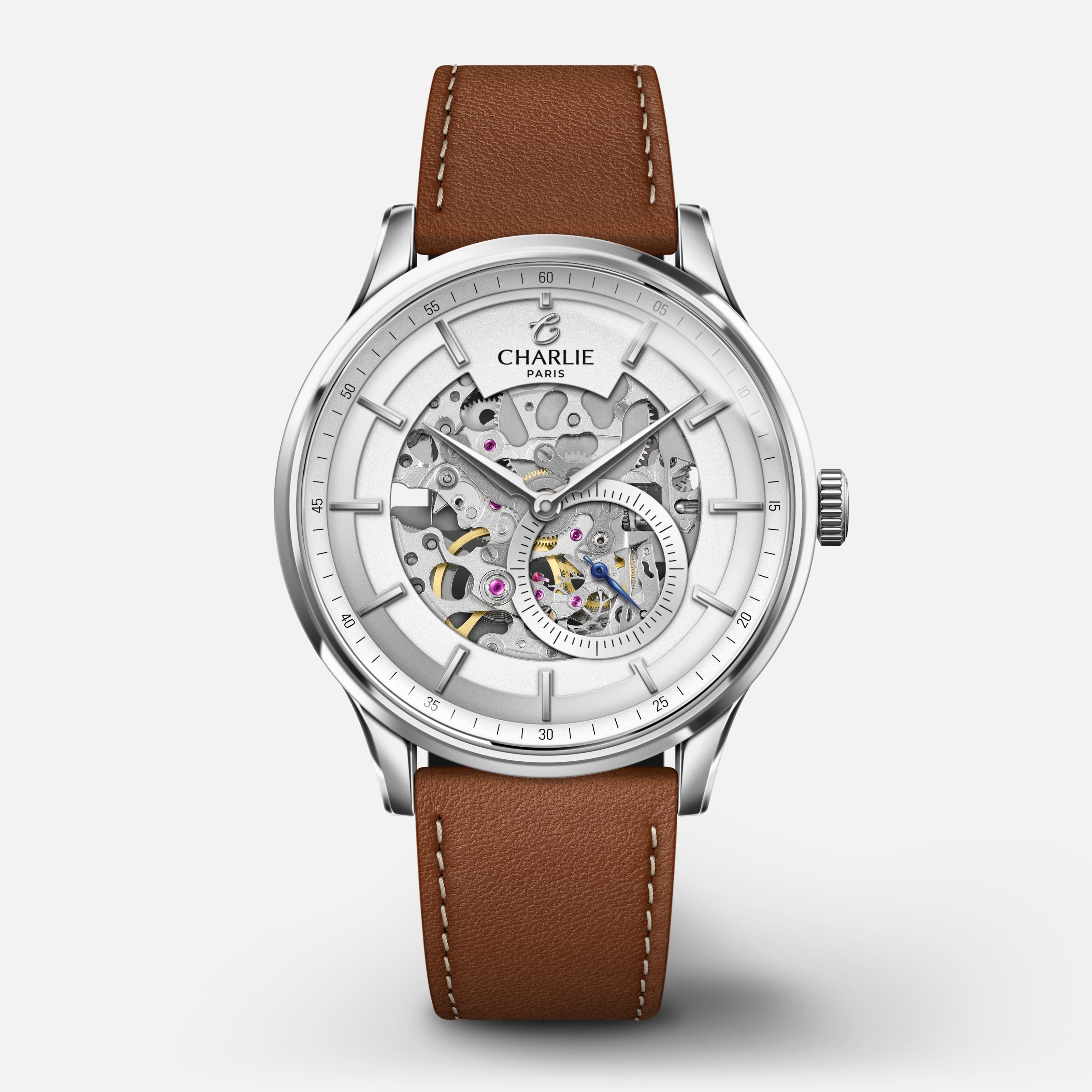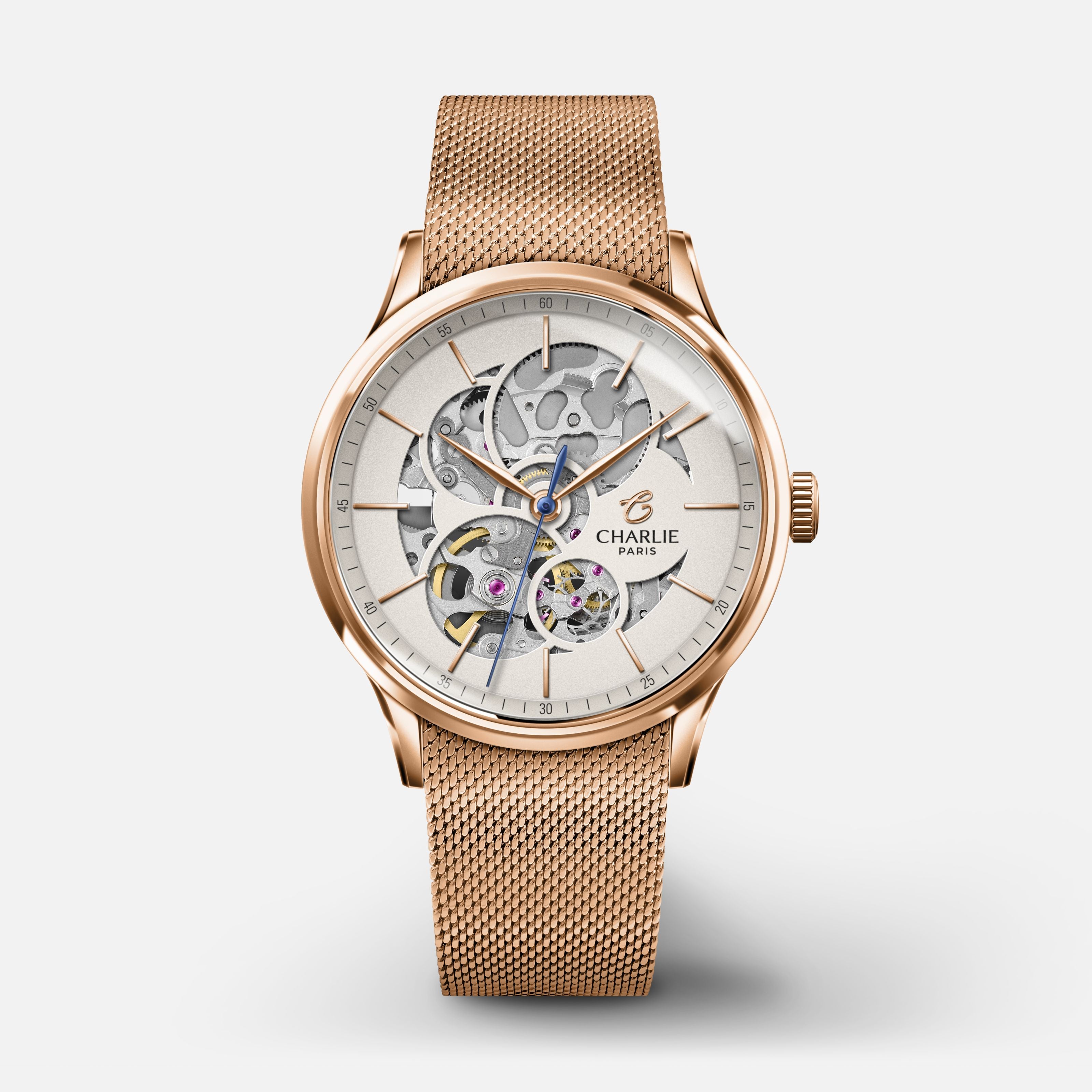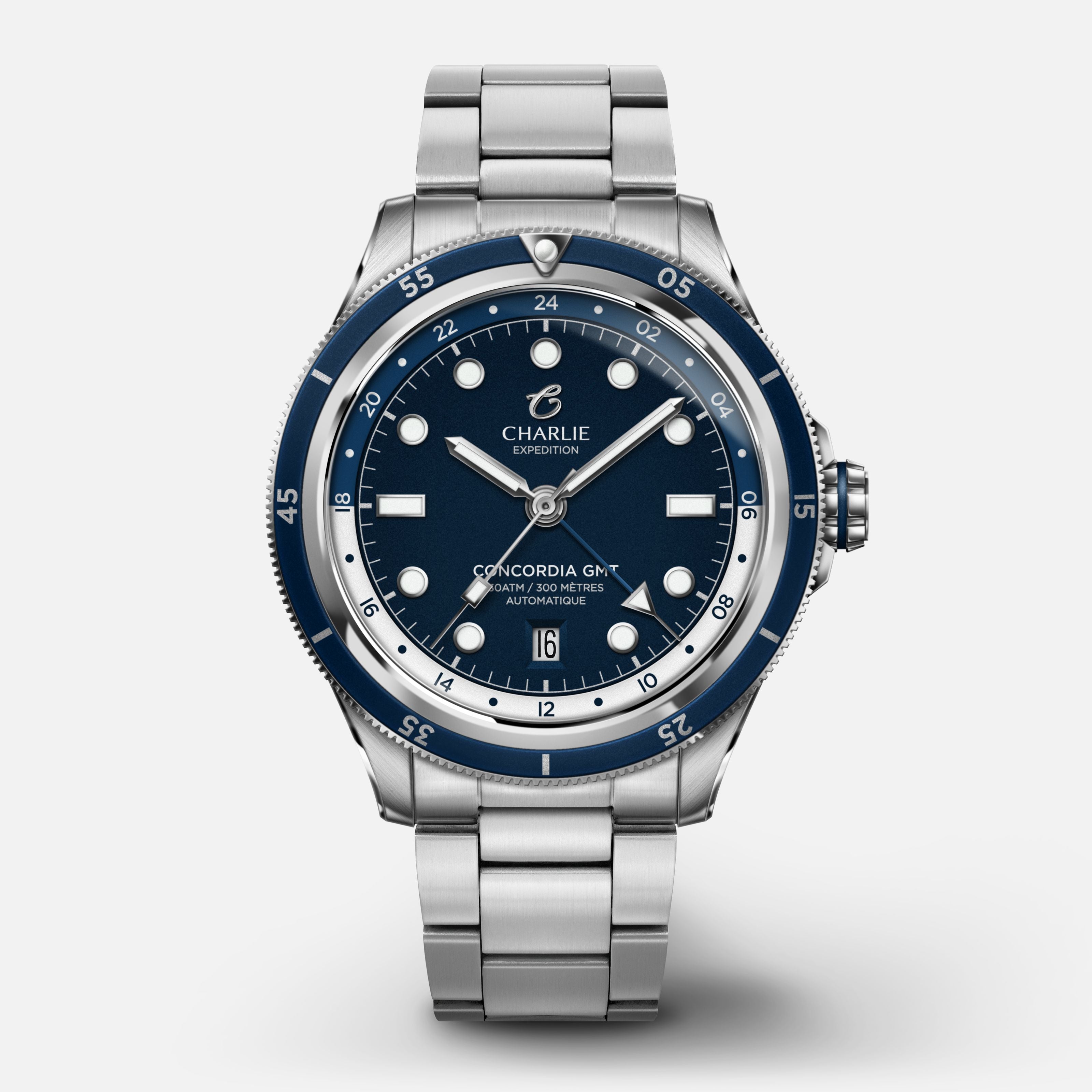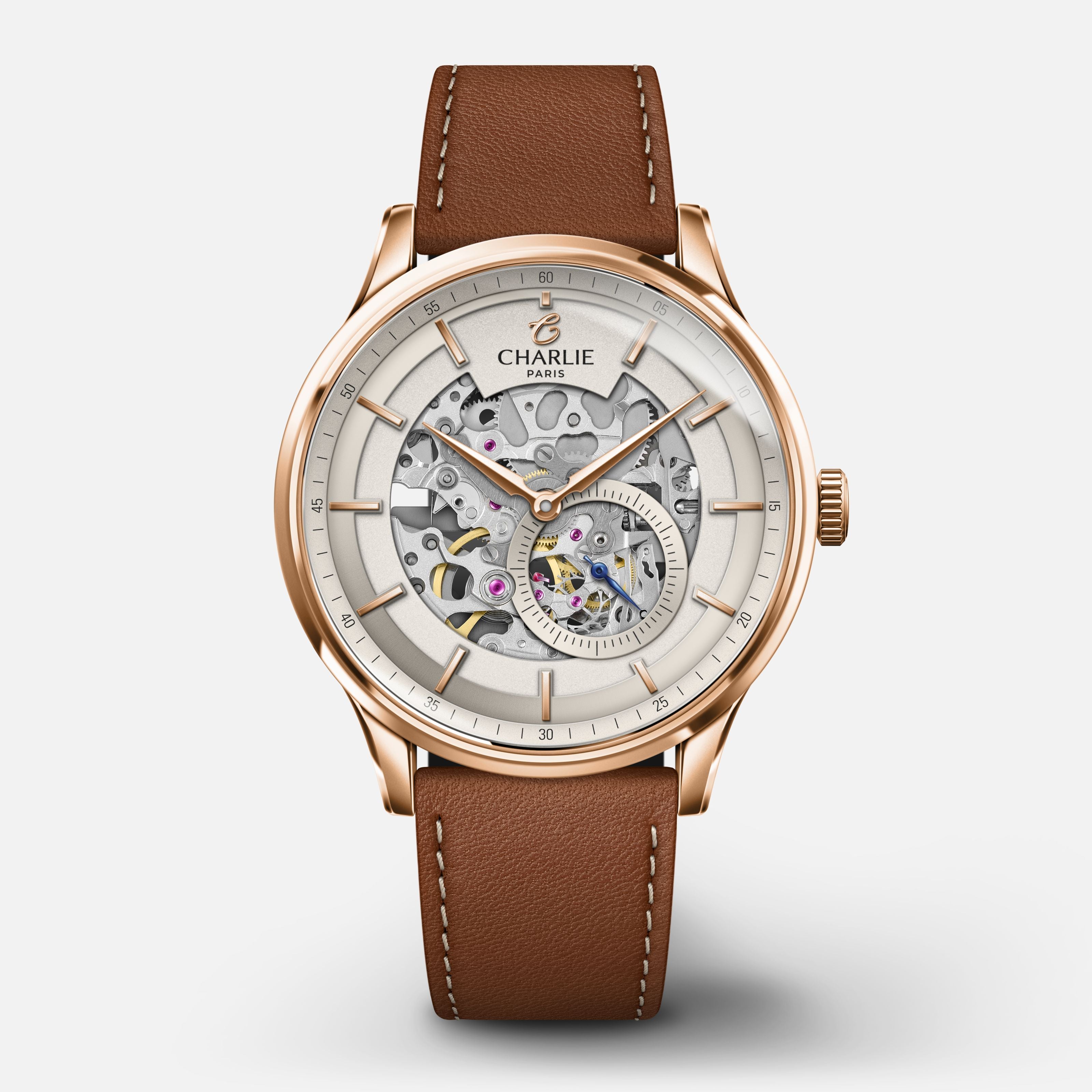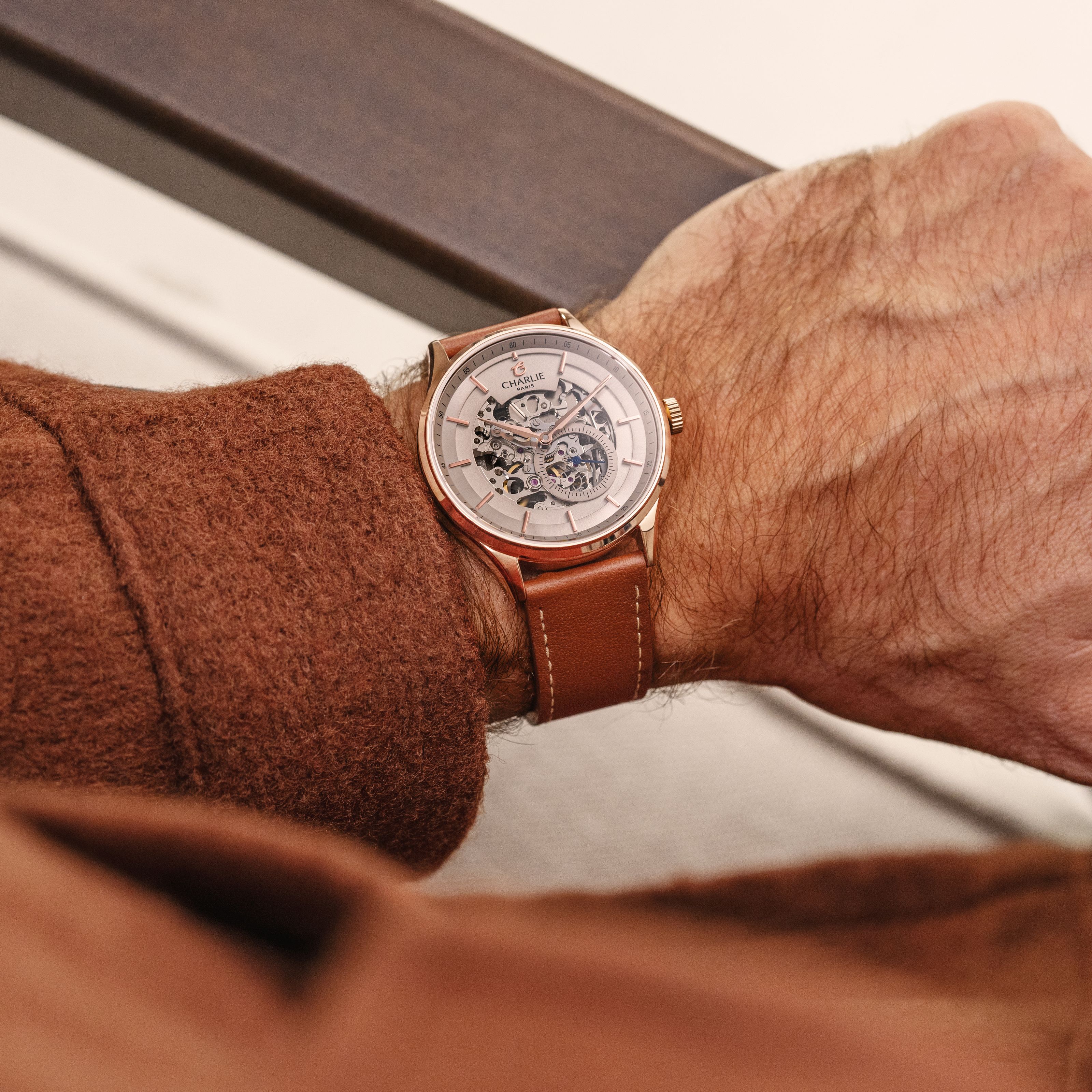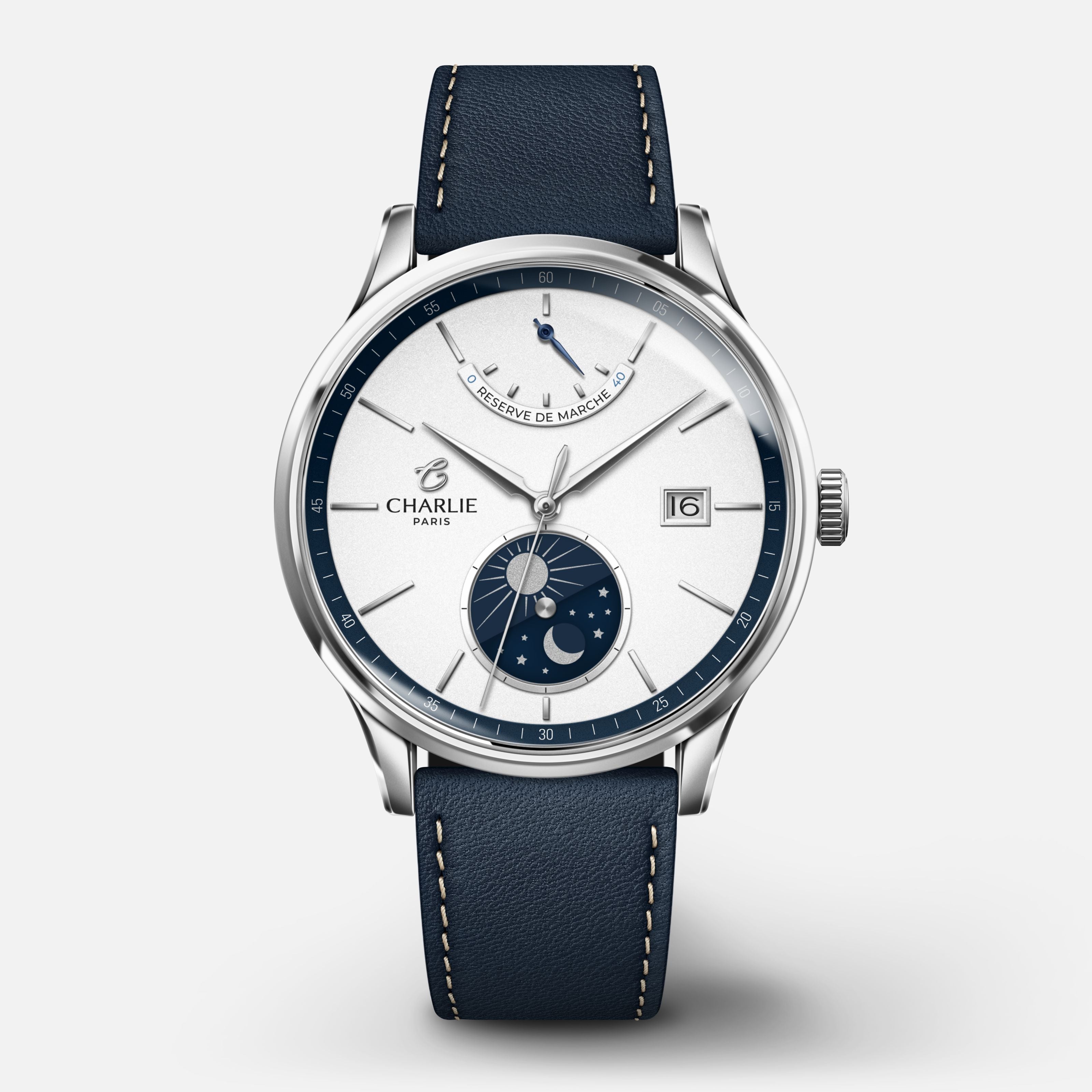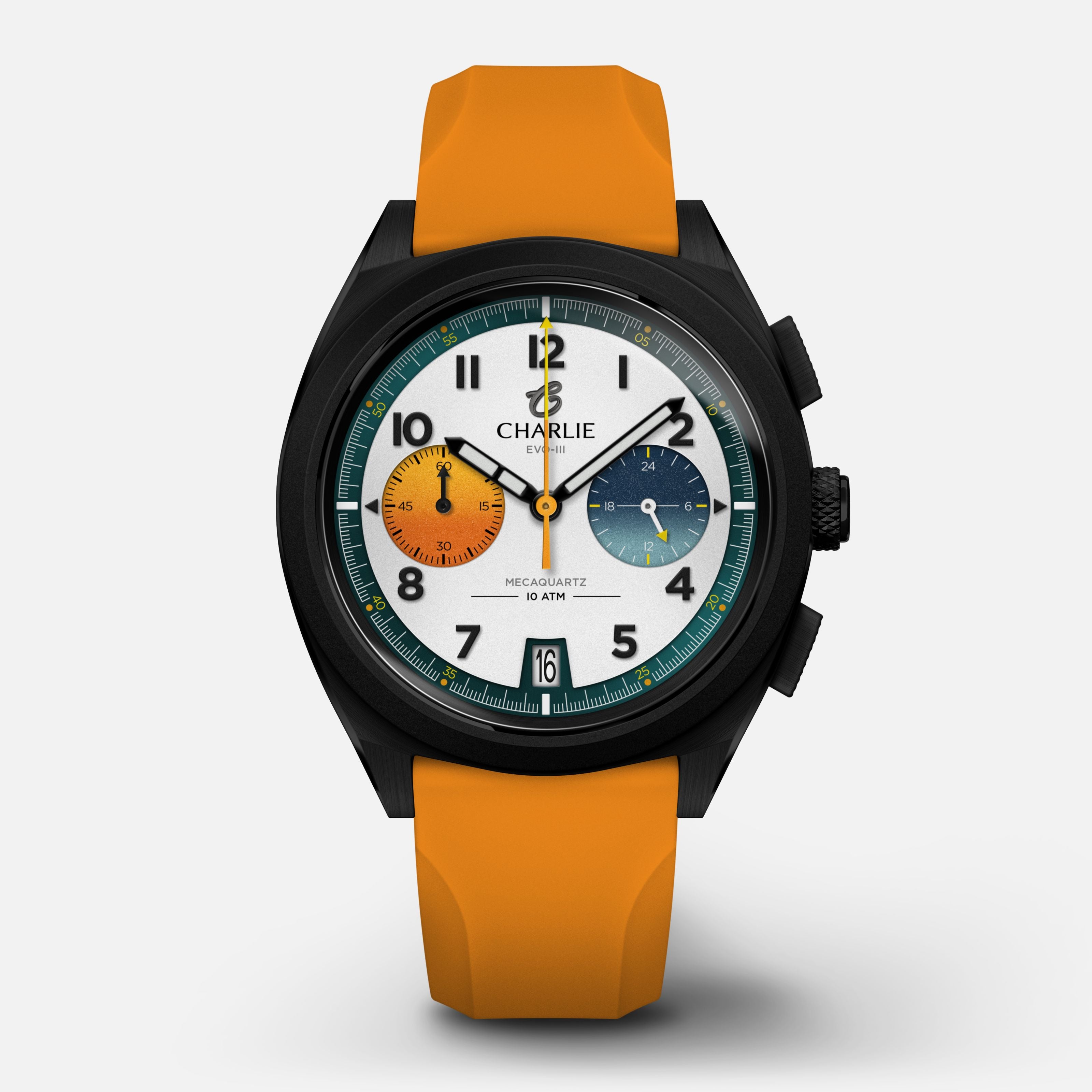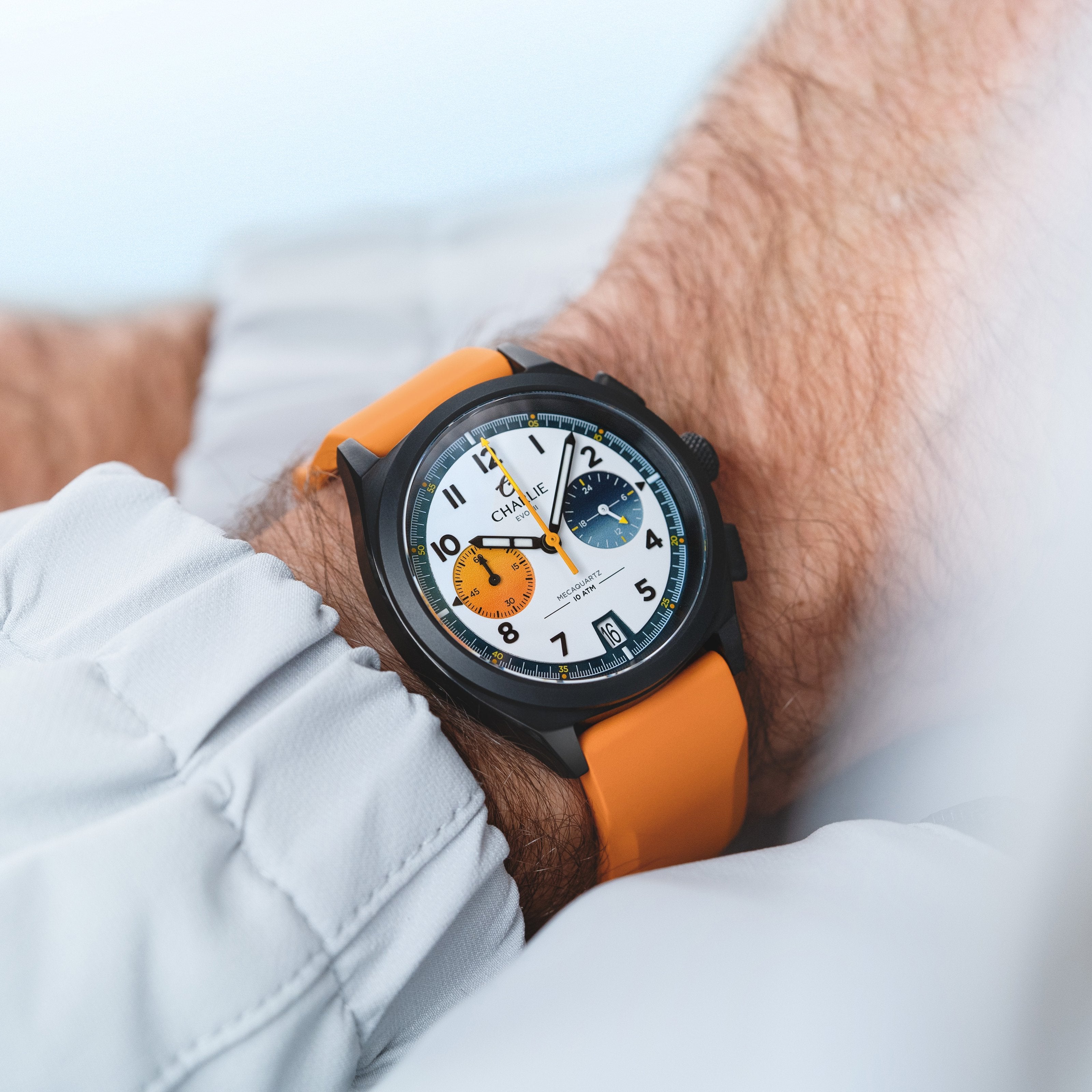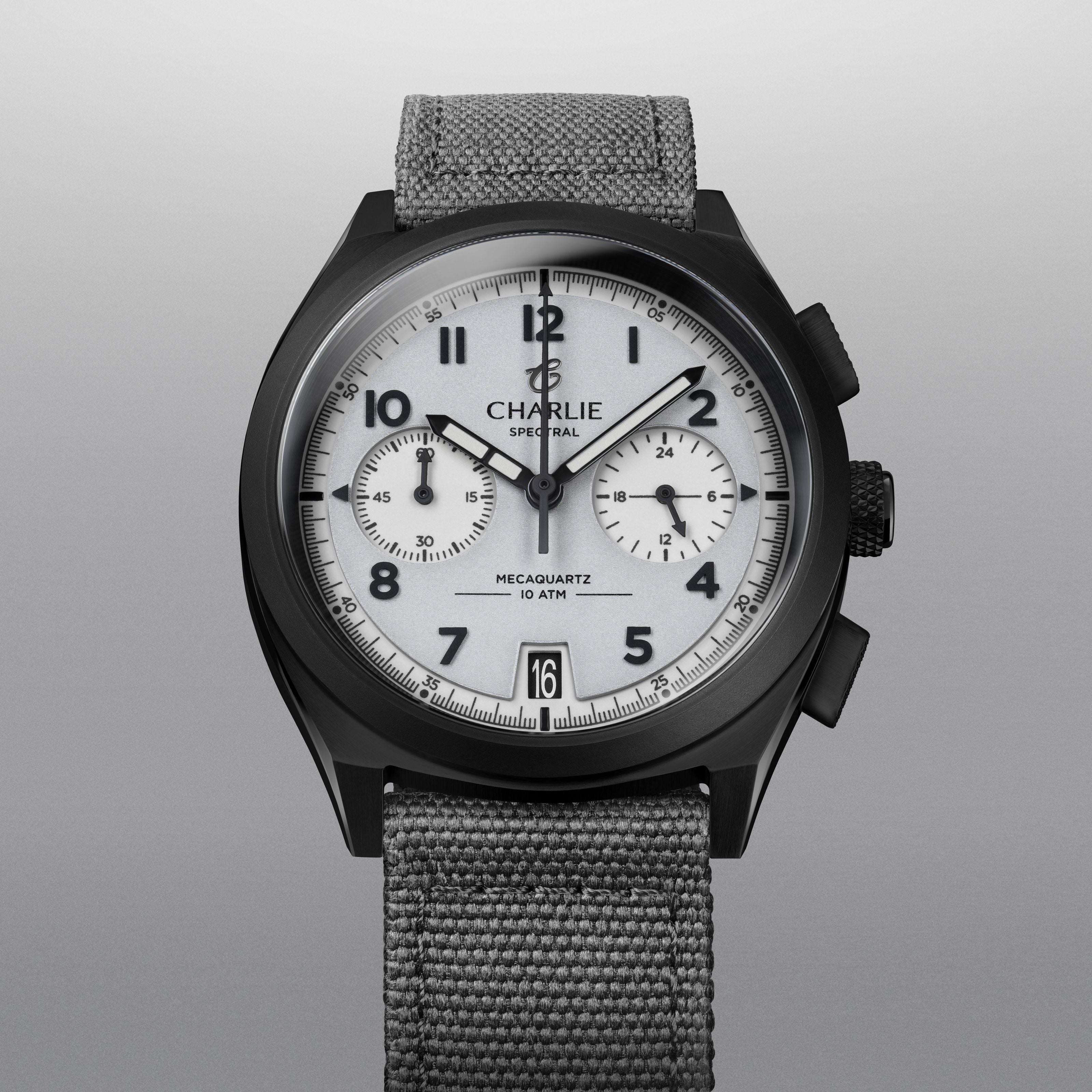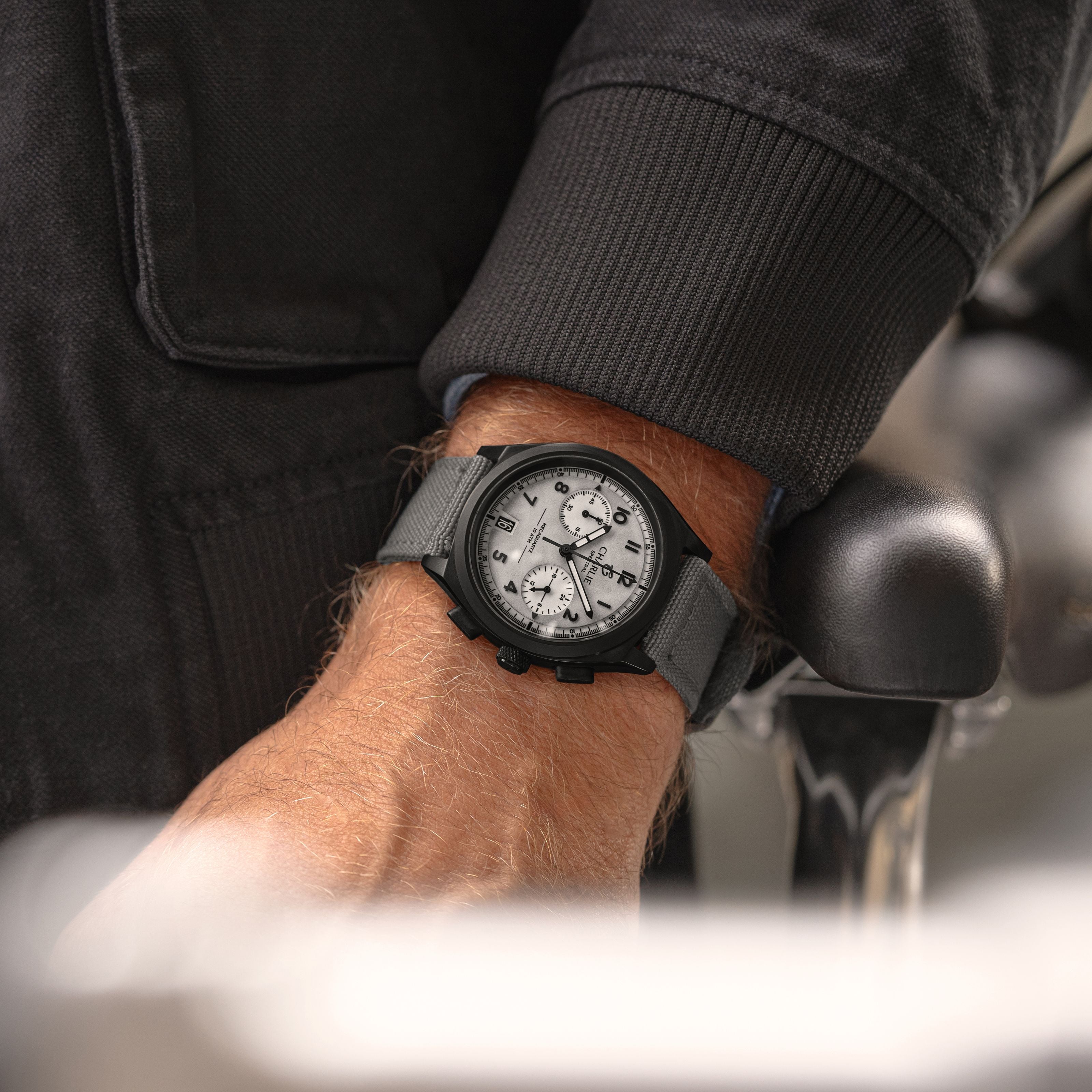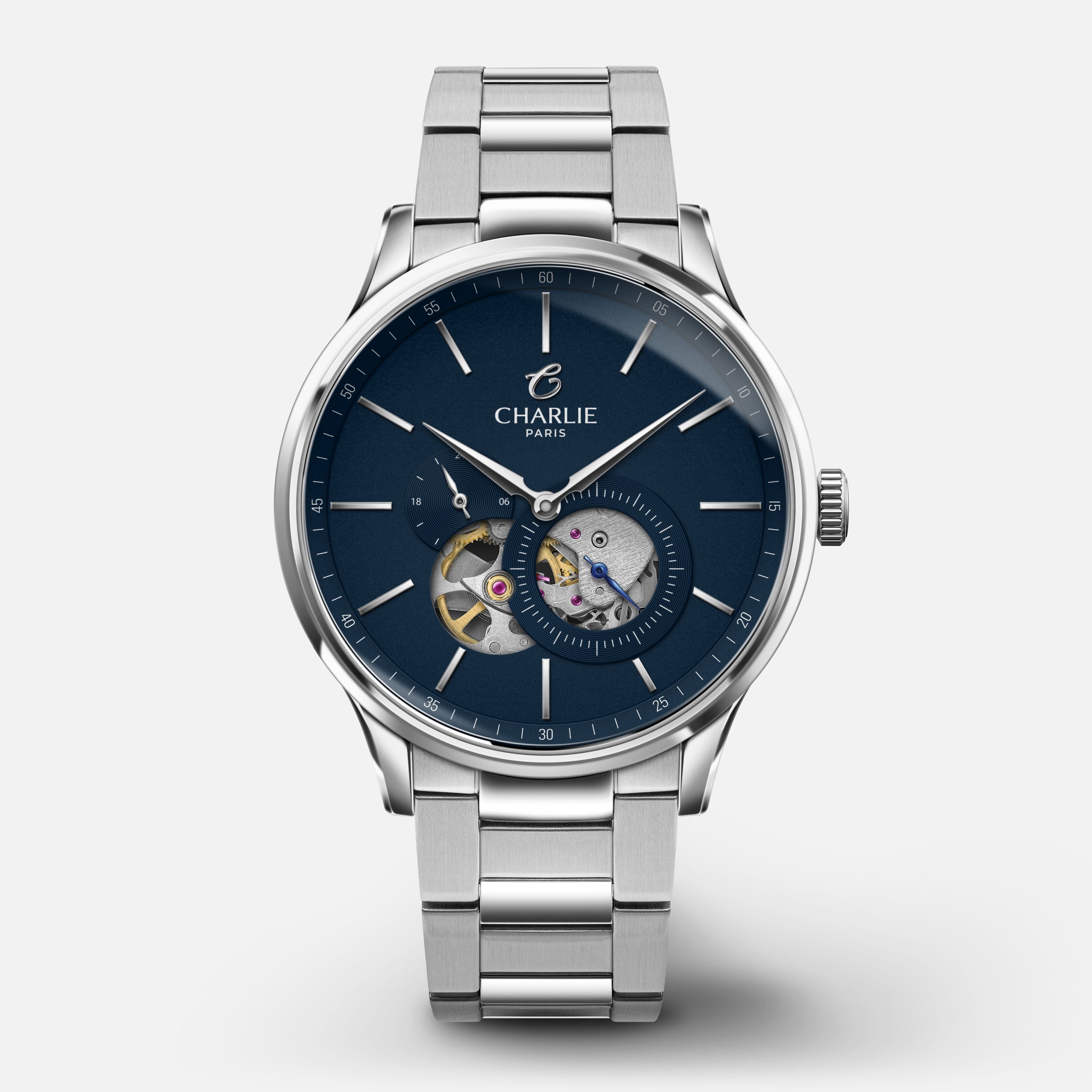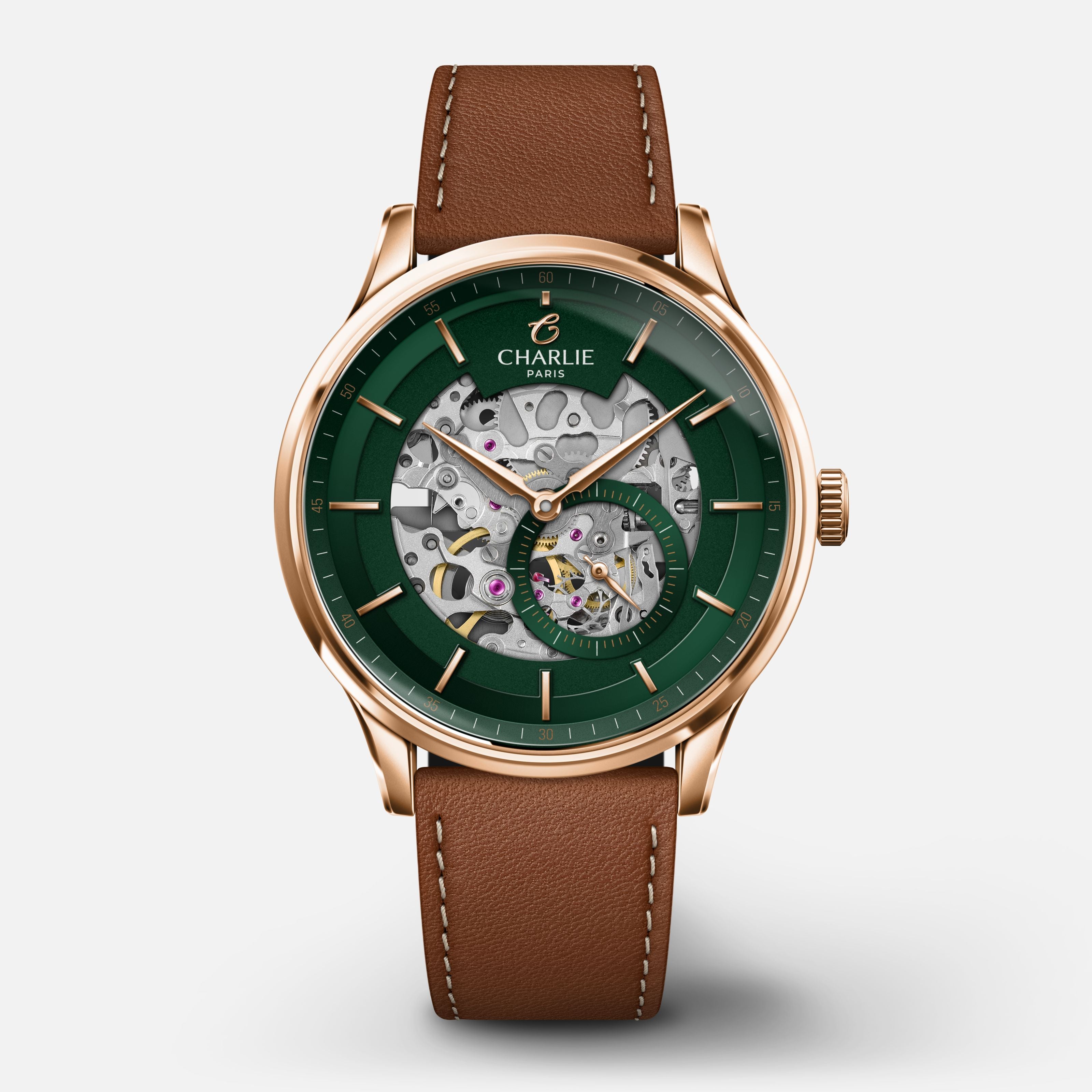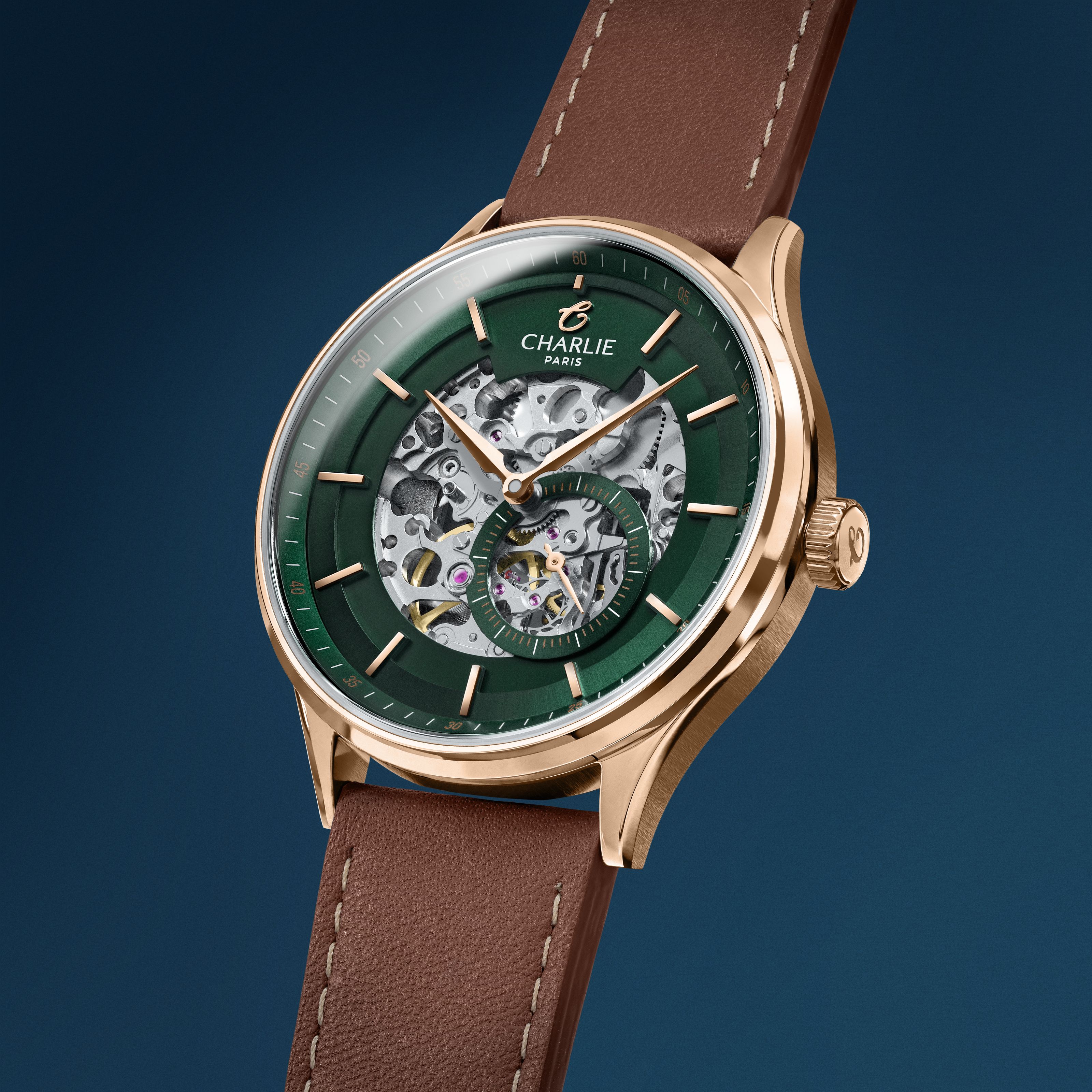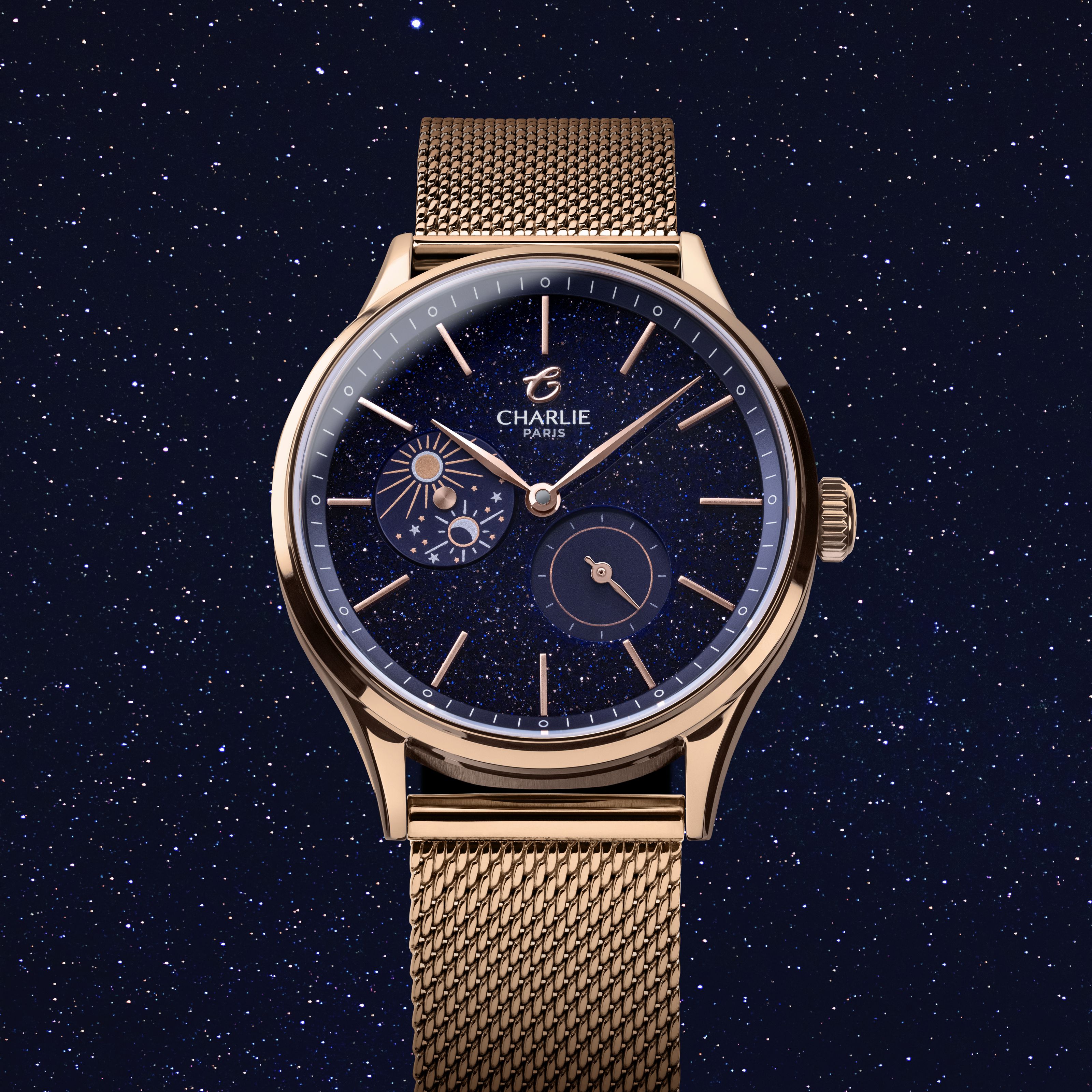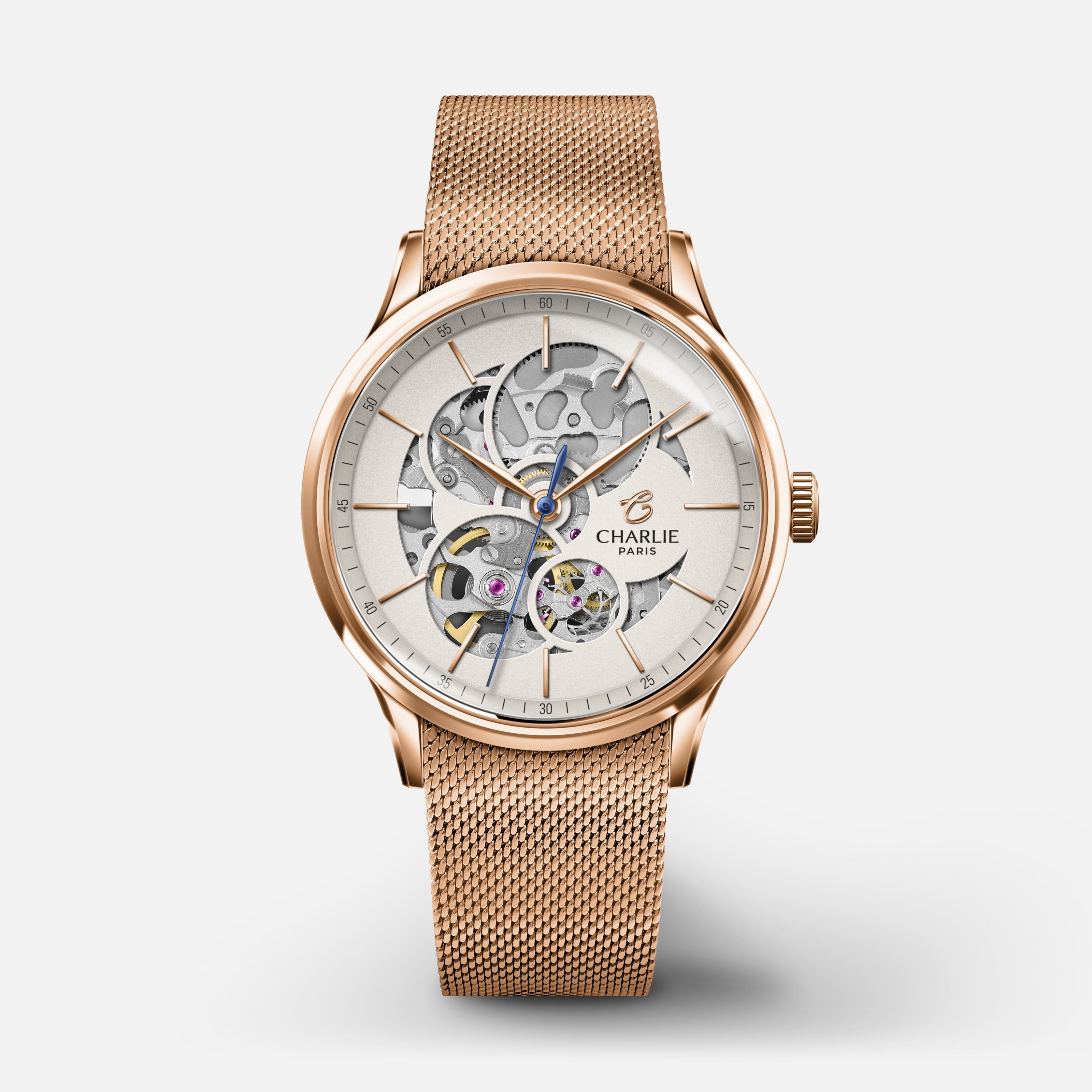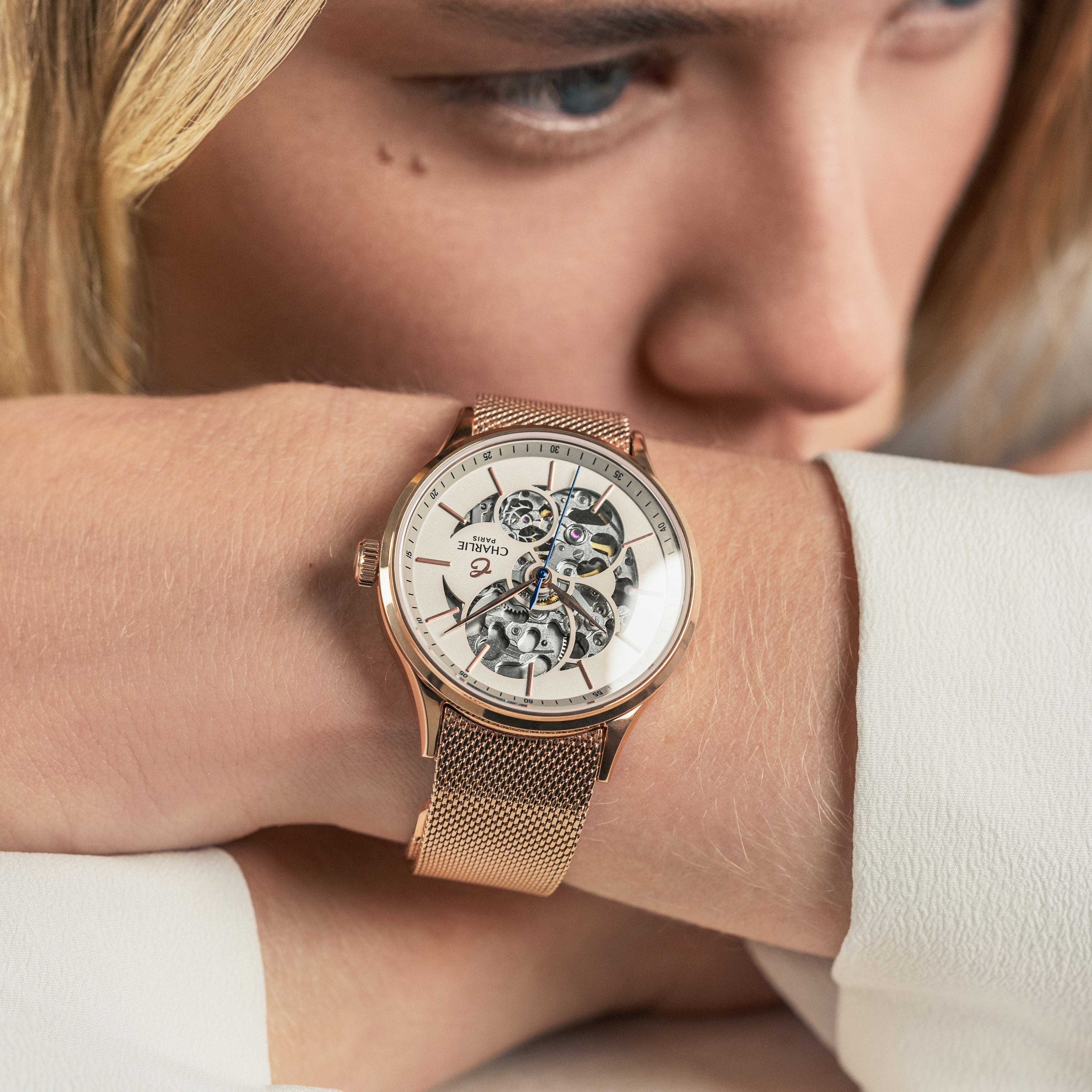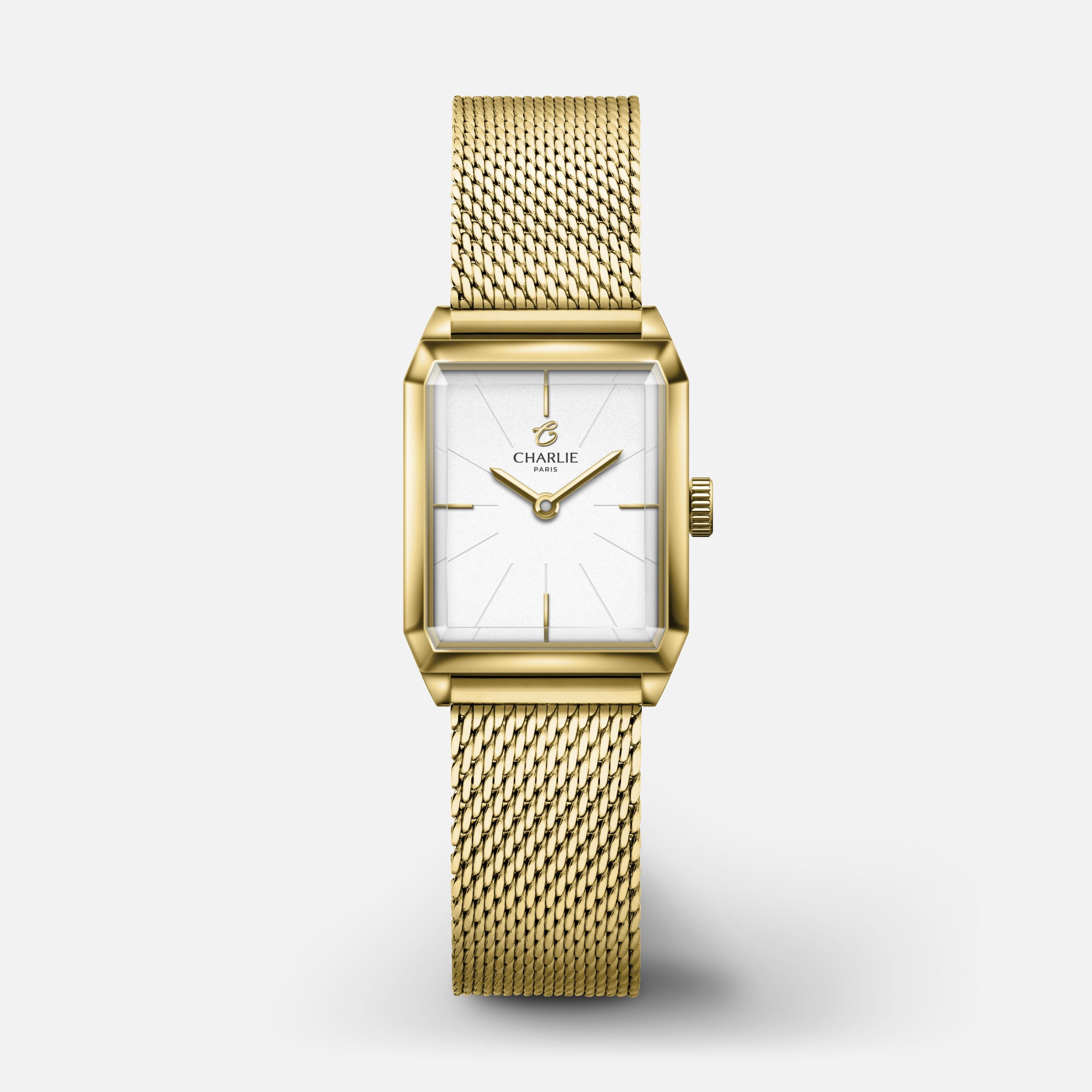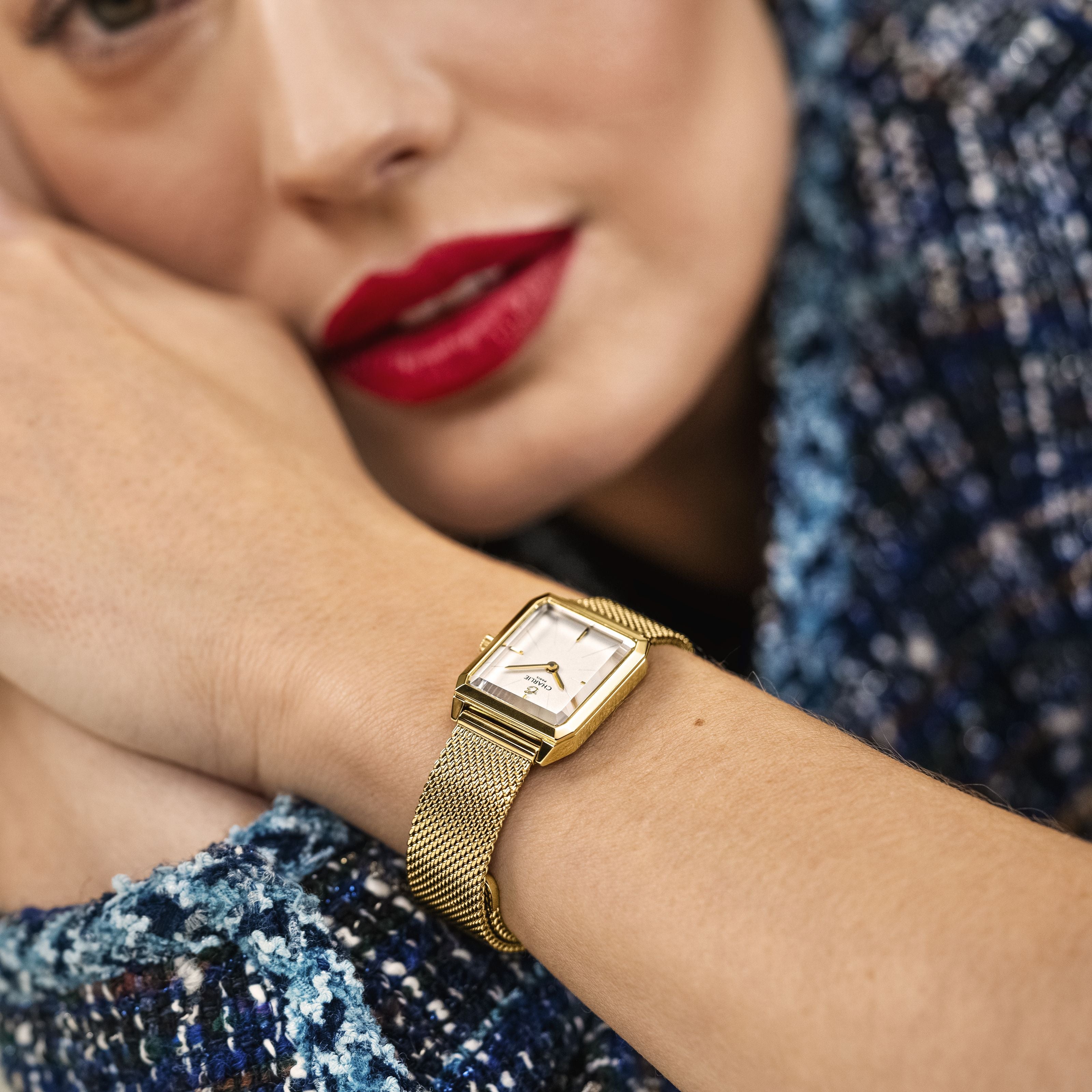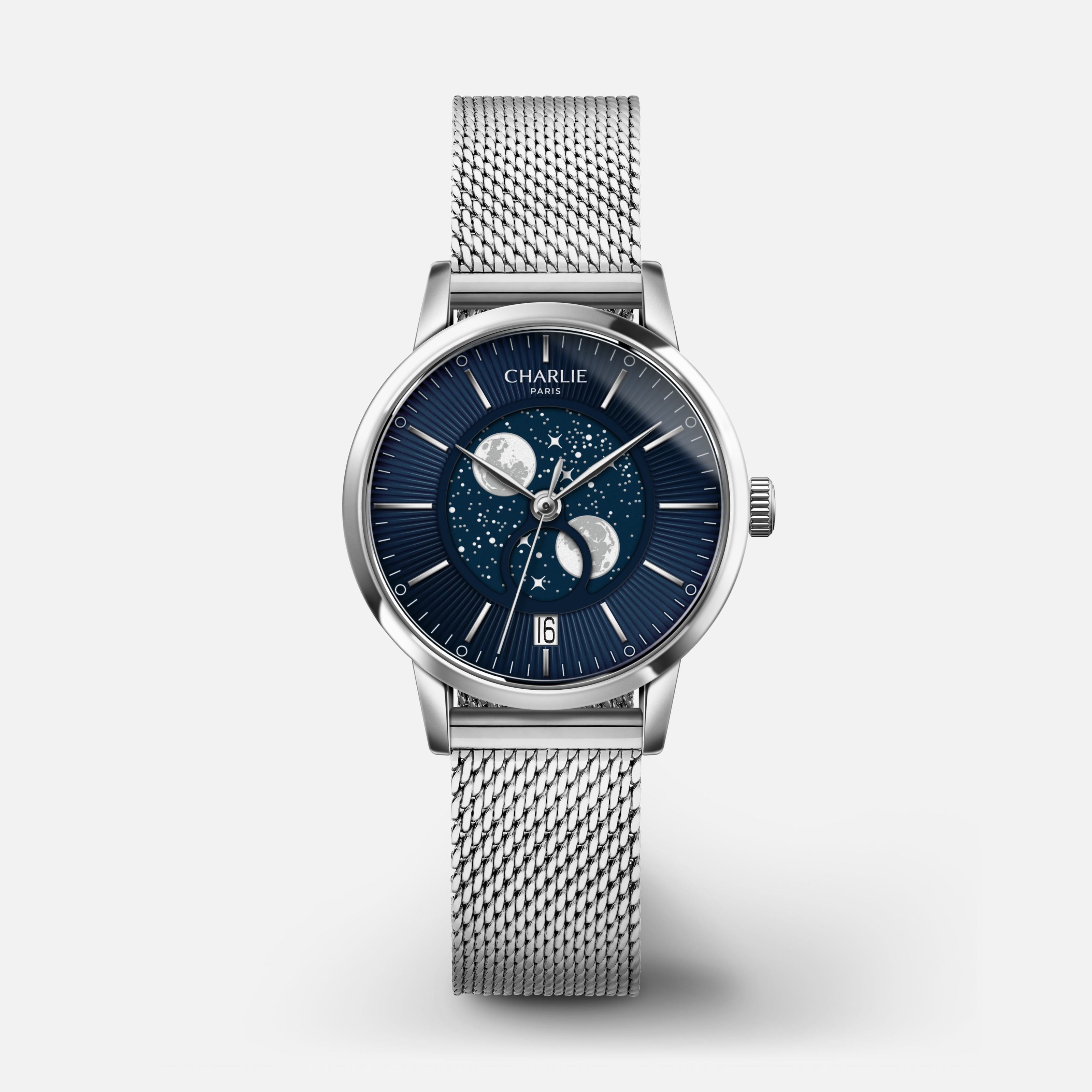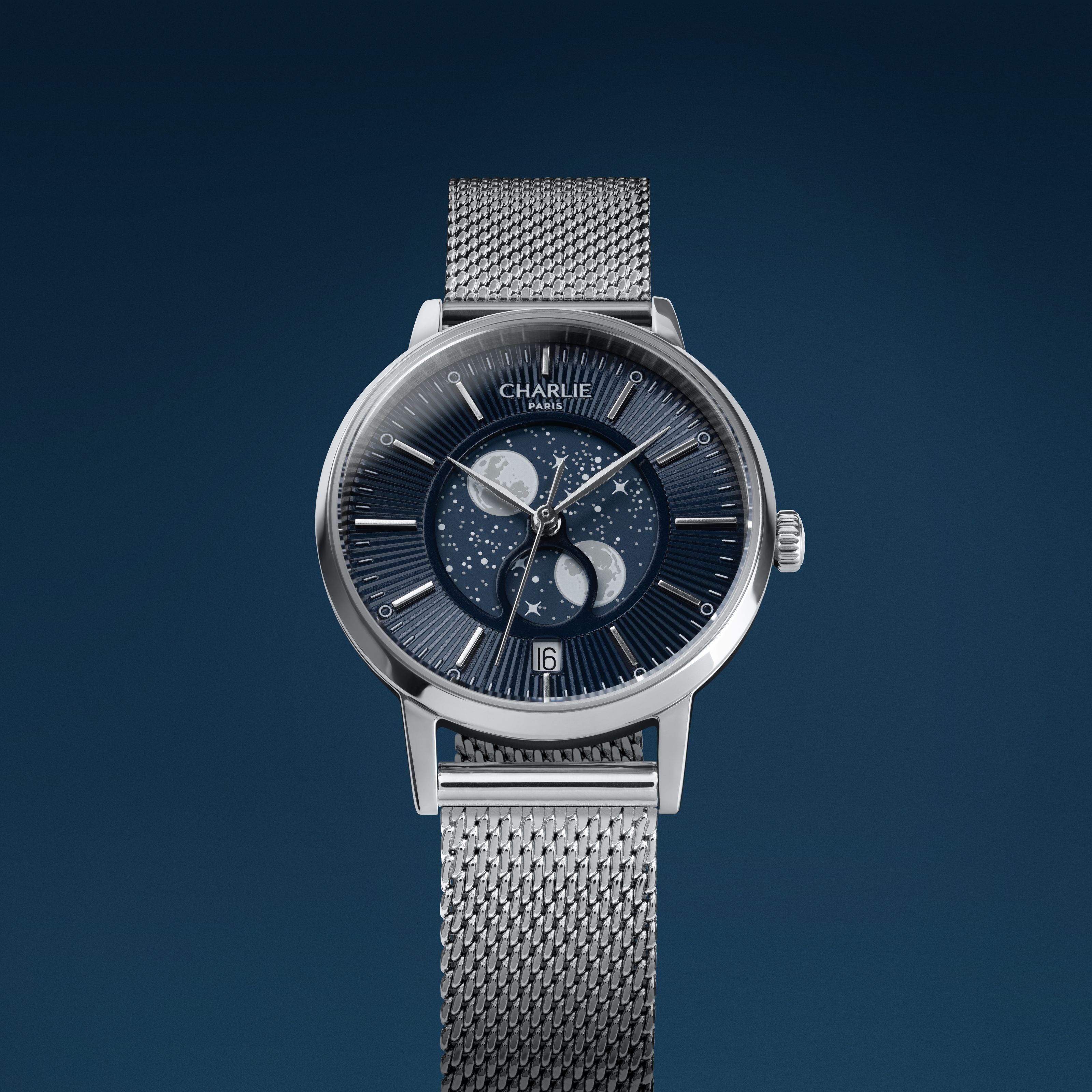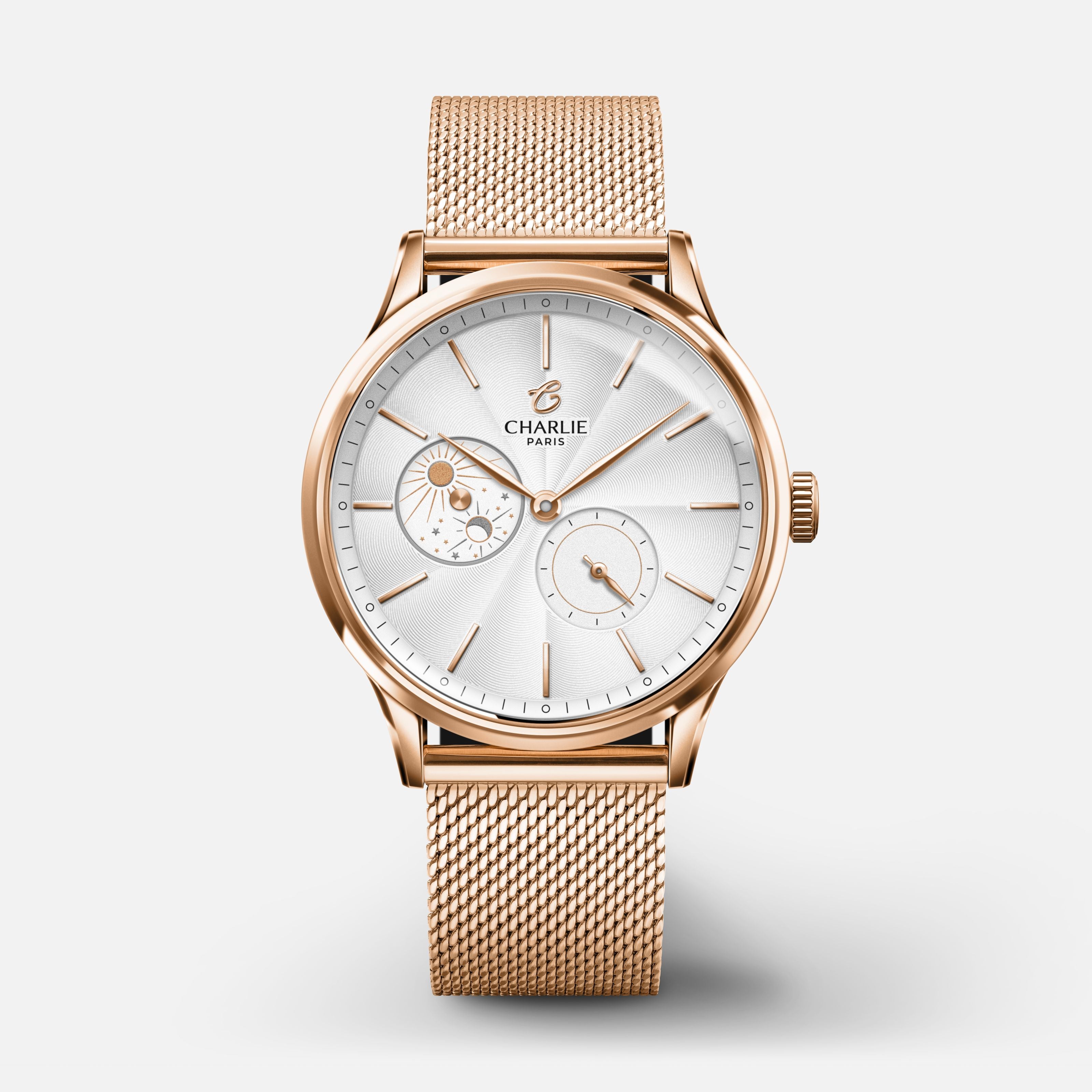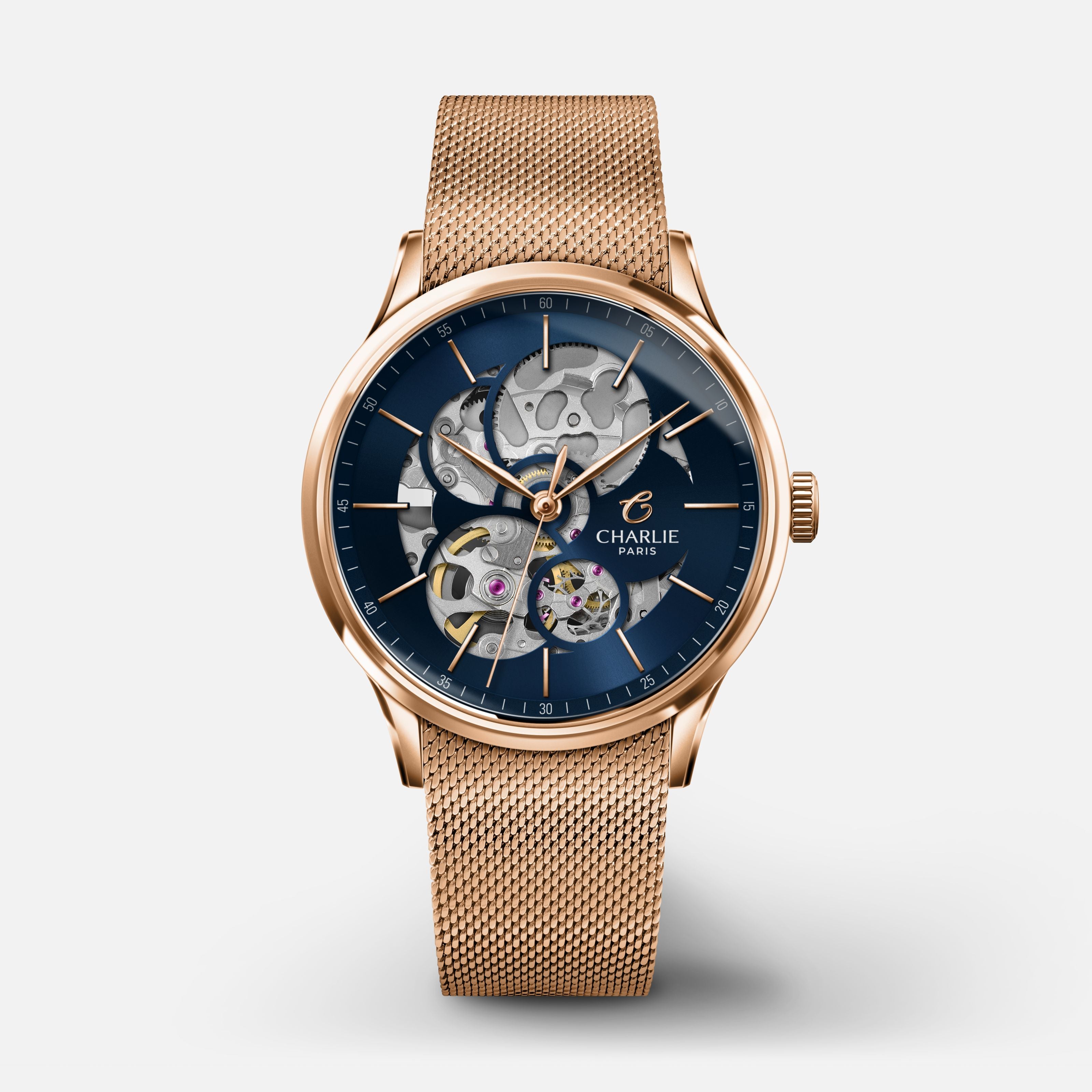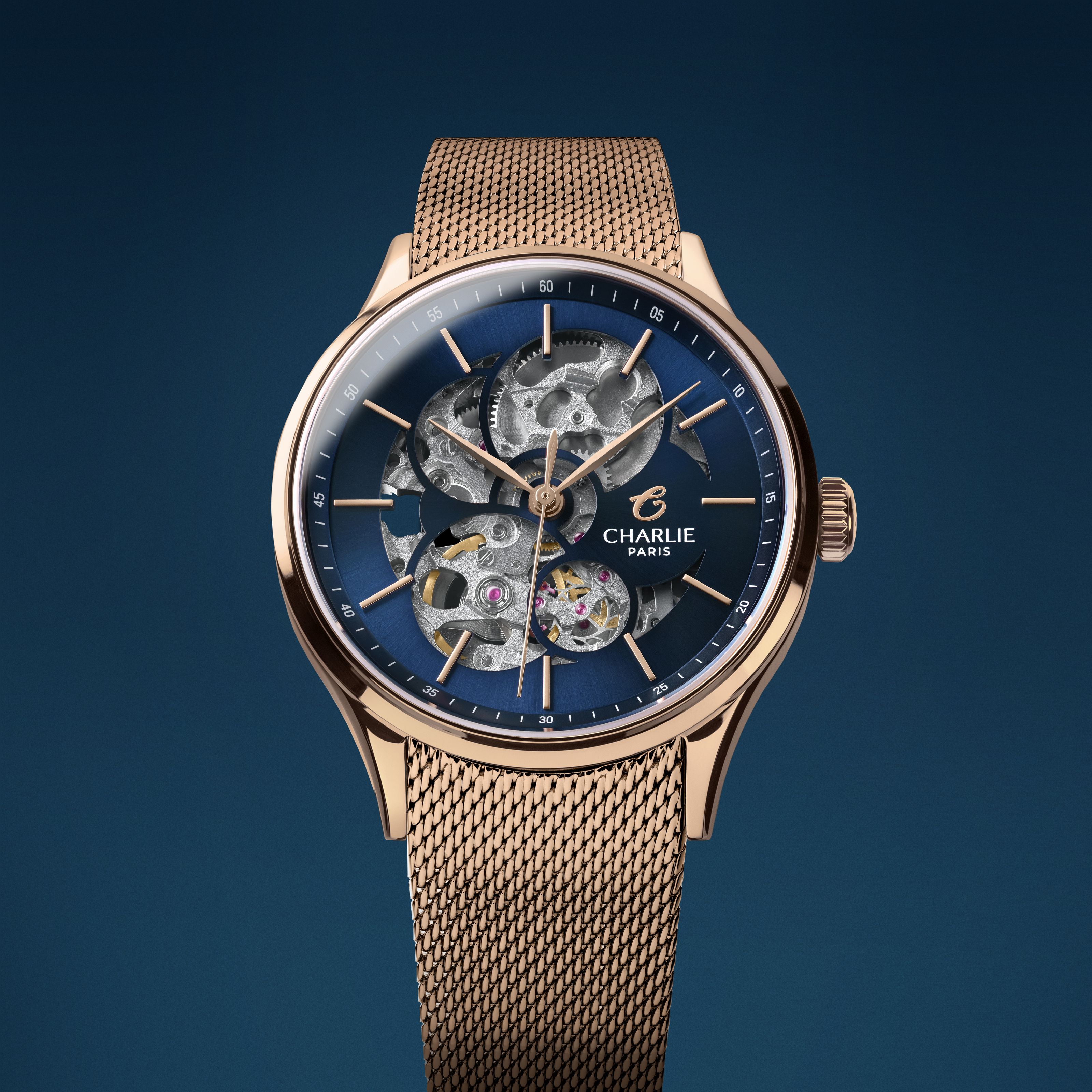Watchmaking isn't just the art of measuring time; it's a world where every gesture counts and every detail is important. For watchmaking enthusiasts, equipping themselves with the right tools is the first step toward understanding, repairing, or simply handling a watch without damaging it. Here's the complete guide to essentials for any enthusiast just starting out.
1. The watchmaker's screwdriver: precision and smoothness
The screwdriver is the watchmaker's iconic tool. Unlike conventional screwdrivers, these are designed for microscopic and fragile screws. Hardened steel models with ergonomic handles allow for precise turning without slipping. For beginners, it is recommended to start with a set of 4 to 6 sizes to adapt to different watches.
Practical advice: Always turn clockwise to avoid wearing the screw head, and never force it.
2. Tweezers: delicacy at your fingertips
These small tweezers are essential for handling the tiny components of a movement. Anti-magnetic stainless steel models are preferred to avoid any interference with the mechanism. A good pair of tweezers offers control and precision, and can mean the difference between a intact part and a scratch.
Tip: Fine-tipped tweezers are ideal for disassembly, while flat-tipped tweezers are perfect for repositioning needles or rubies.
3. The magnifying glass: a magnified look at the invisible
A magnifying glass allows you to examine microscopic details of the movement, such as the escapement wheels, the hairspring, or the engravings. Magnifiers ranging from 3x to 10x are the most commonly used. For a beginner, a head-mounted magnifier allows you to keep both hands free, which is essential for delicate manipulations.
Quick tip: Always work in a well-lit environment to avoid eye strain and see details clearly.
4. The movement holder: a stable base for handling
The movement holder is a small support that holds the movement in place, providing stability and security. It is particularly useful for working on calibers without the risk of dropping or damaging them.
Anecdote: Even experienced watchmakers never touch a movement with their bare hands without placing it on a support, to avoid any pressure on the fragile axes.
5. The dust bulb: blow without touching
The pear cleaner allows you to dust a movement or dial without ever touching it. Microscopic dust can disrupt the functioning of a watch, hence the importance of this simple but crucial tool.
Practical advice: Avoid sucking with your mouth, as breathing can project moisture and particles onto the movement.
6. Finger cots: protect your fingers, protect your watch
These thin fabric or latex gloves allow you to handle sensitive parts without leaving fingerprints or oils. They are particularly useful for touching the dial or hands during winding.
7. Rodico Paste: The Magic Cleaner
Rodico is a slightly sticky paste that can be used to remove dust, residue, or oil from the movement or dial. It's highly versatile and can also be used to hold a tiny part without damaging it.
Tip: Do not press too hard to avoid deforming the component.
At Charlie Paris, each watch is assembled by hand in their Parisian workshops. This means that each watchmaker uses tools similar to those described in this article on a daily basis: precision screwdrivers, tweezers, a magnifying glass, and a movement holder. This approach not only ensures the reliability and finesse of each watch, but also transmits watchmaking expertise directly to Paris.
Getting started in watchmaking requires patience and precision. Having the right equipment from the start is the key to progressing smoothly. With these essential tools and a little curiosity, the novice enthusiast can explore, repair, or simply admire the fascinating details of a watch, while respecting the watchmaker's work and, why not, discover the finesse and beauty of Charlie Paris watches.
Read more
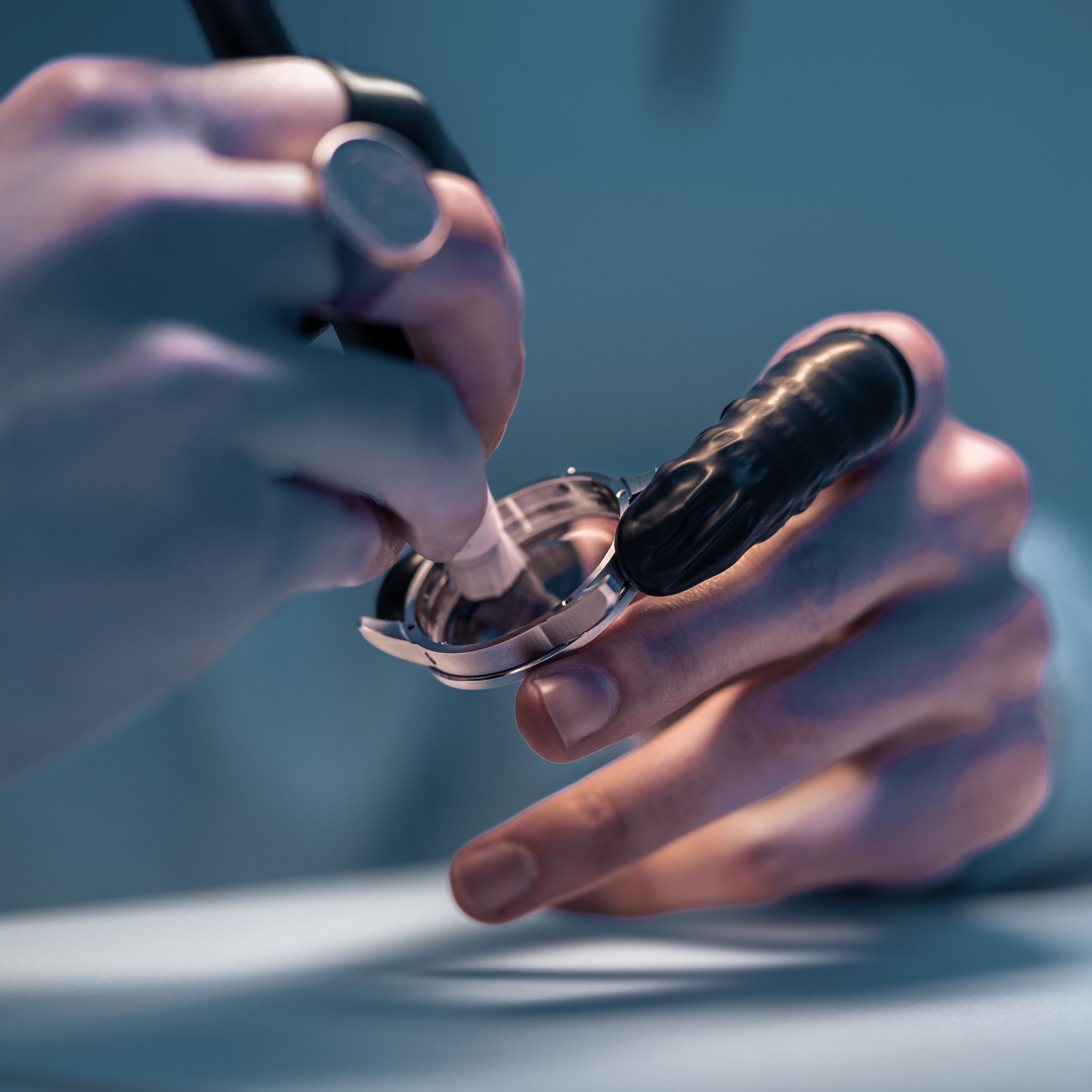
The date on a watch is the watch complication that displays the date along with the time.
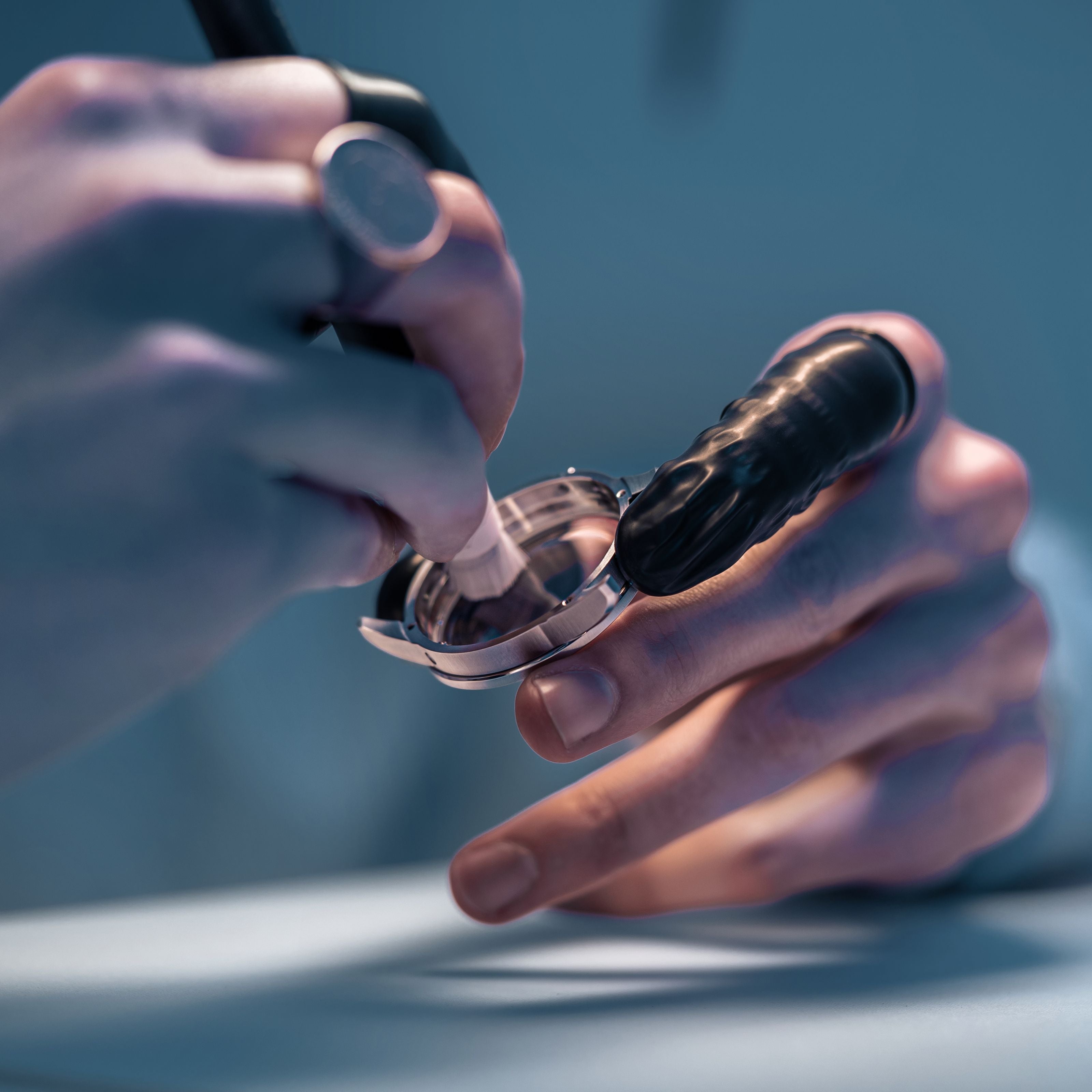
To keep your watch for many years, it must be carefully cleaned and maintained.


